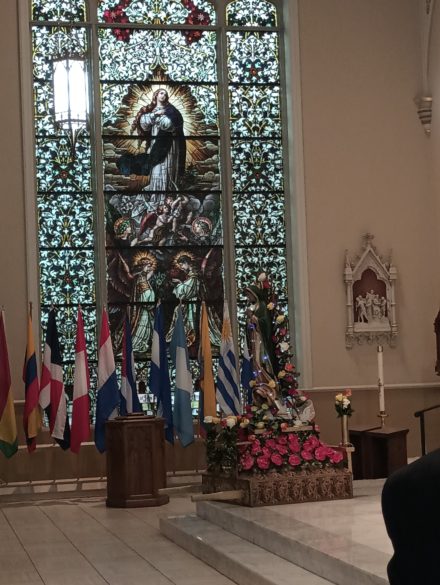

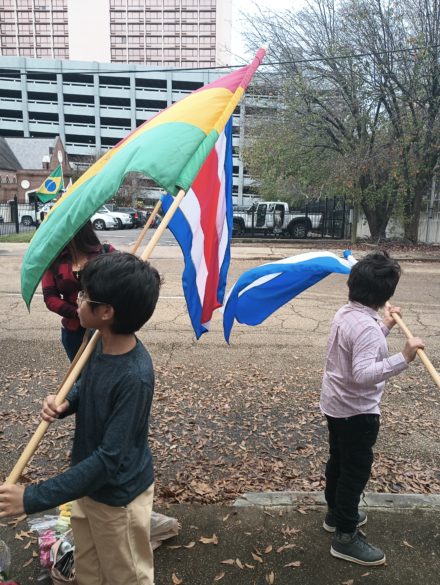
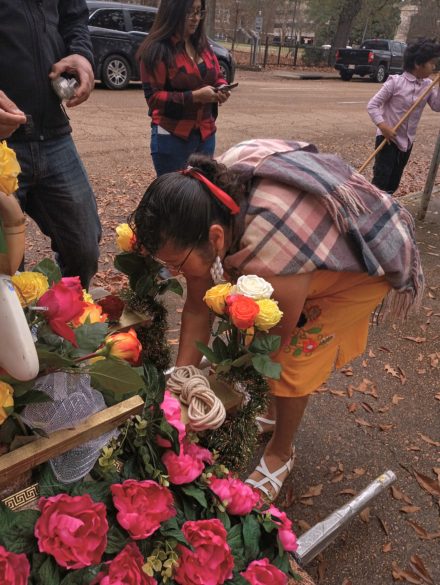
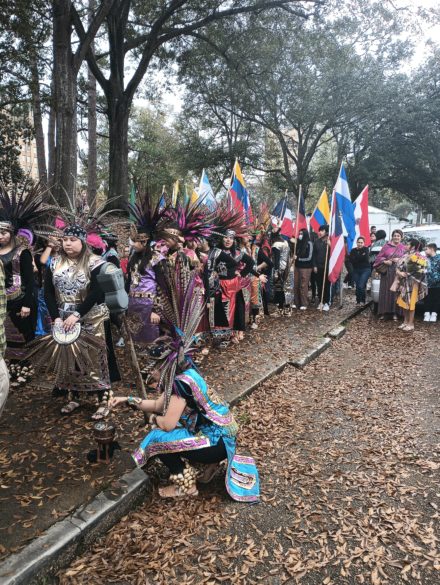
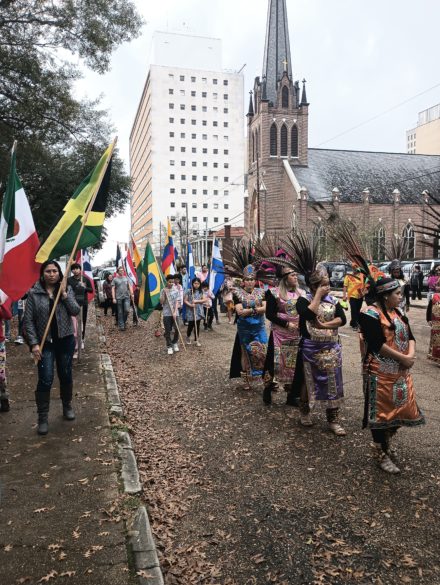
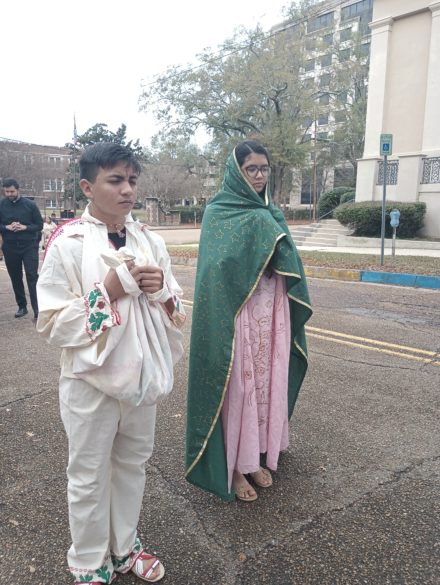

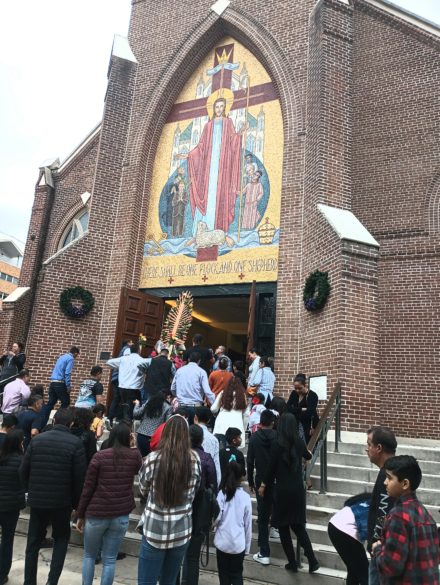
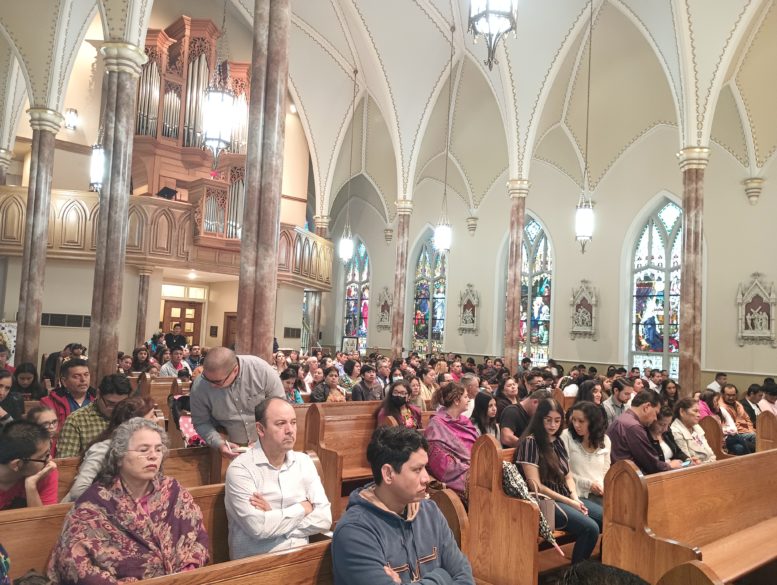
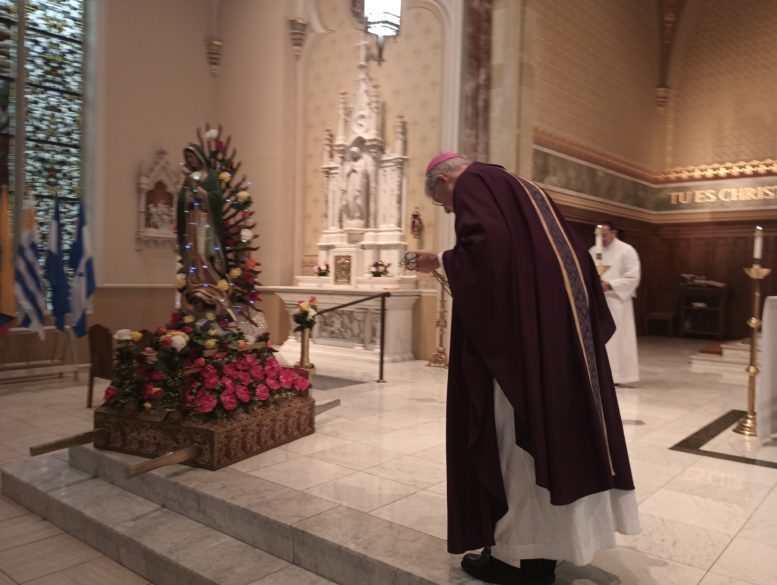











photos by Tereza Ma

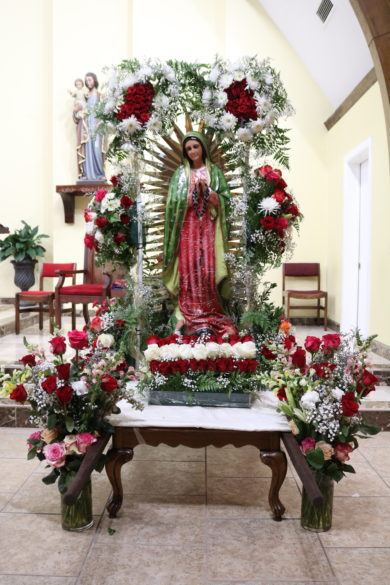
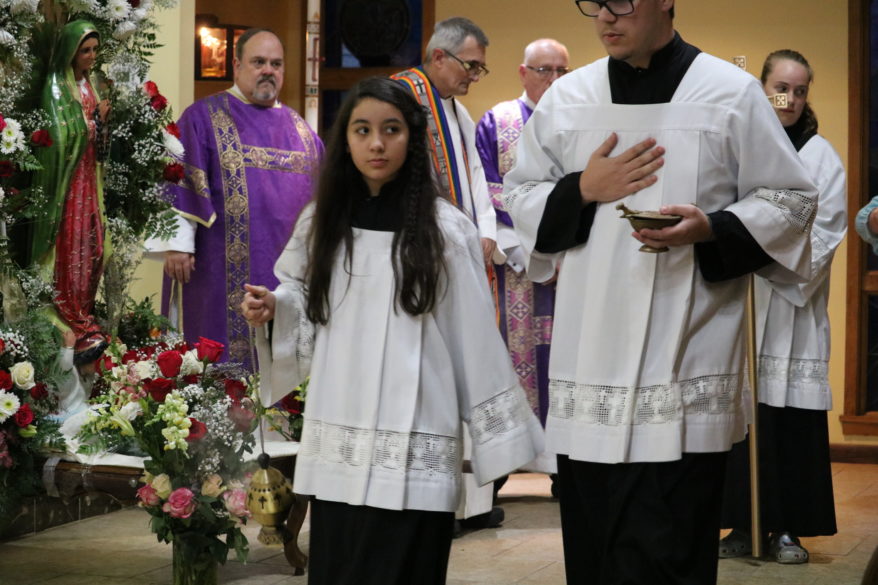
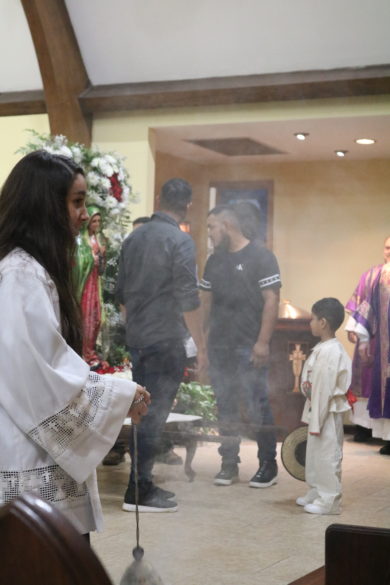
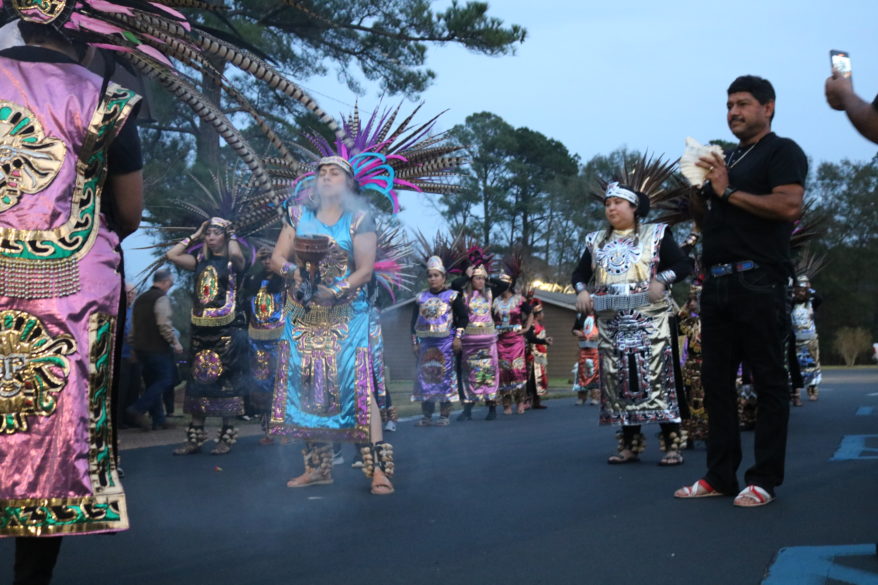
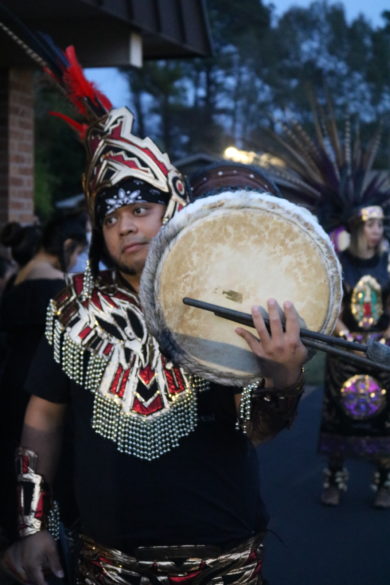
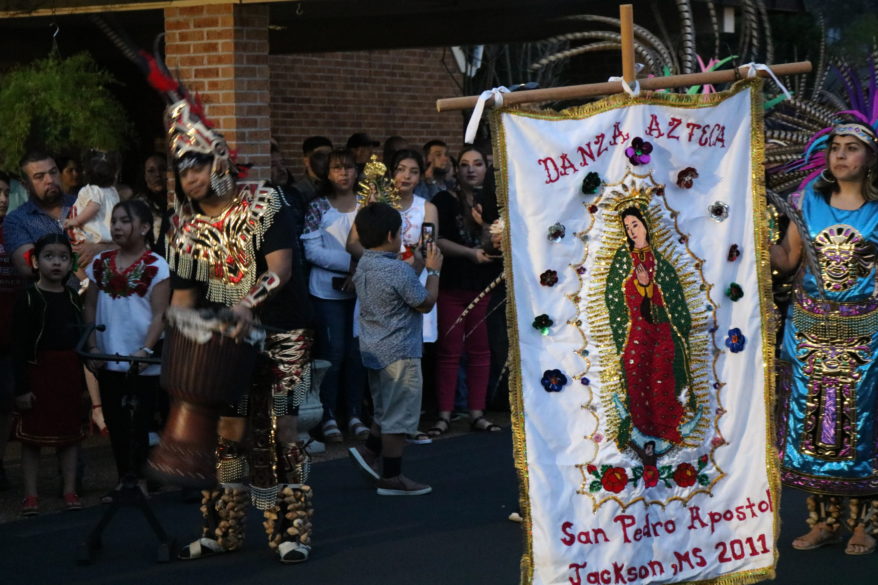
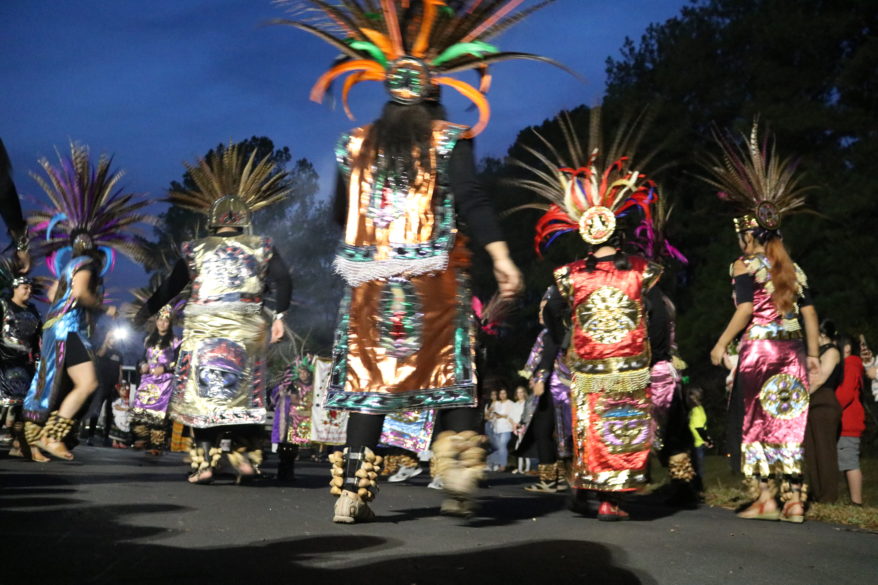
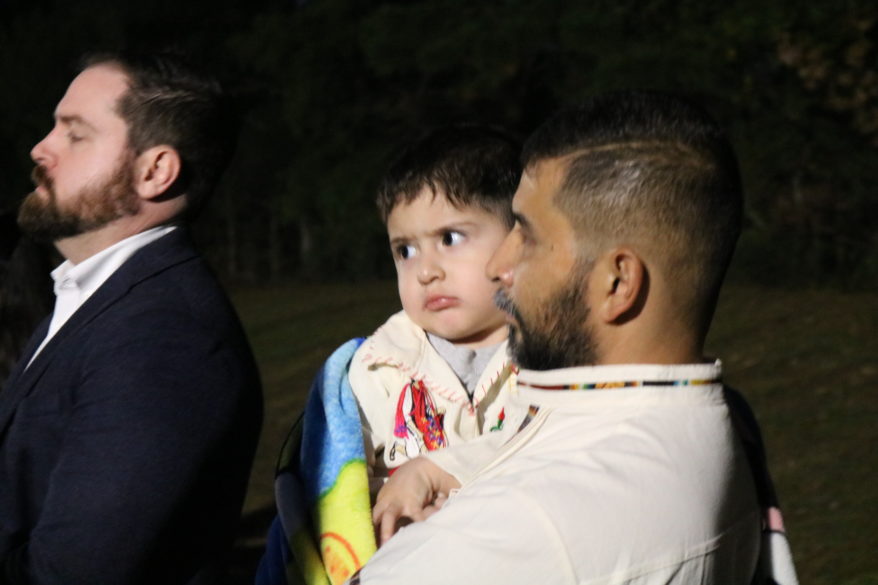
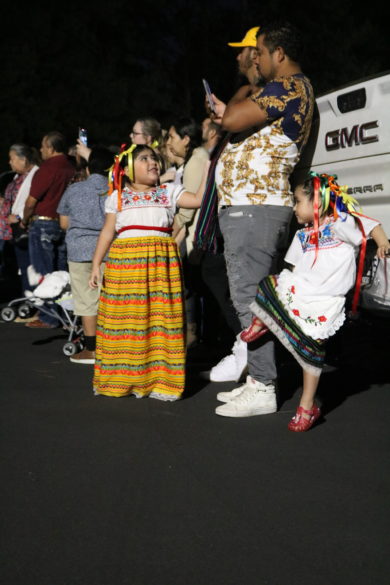
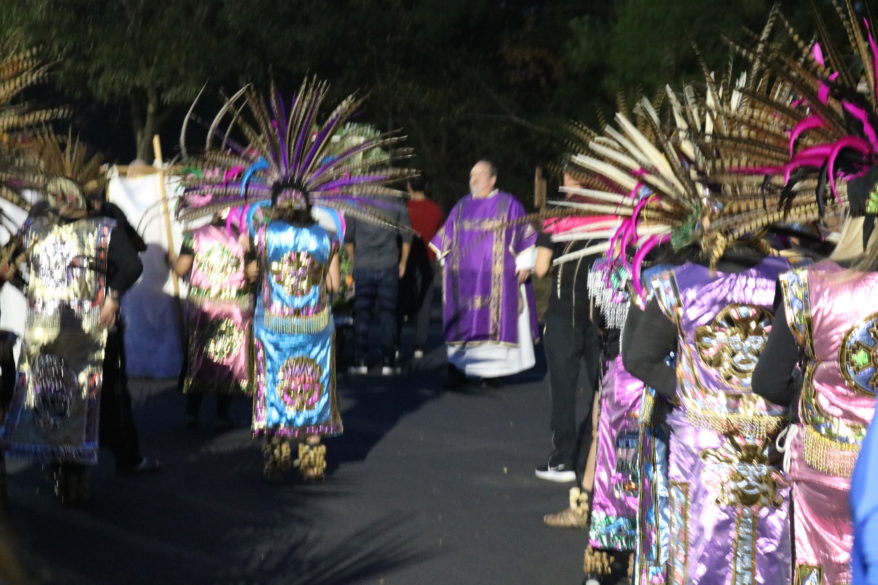
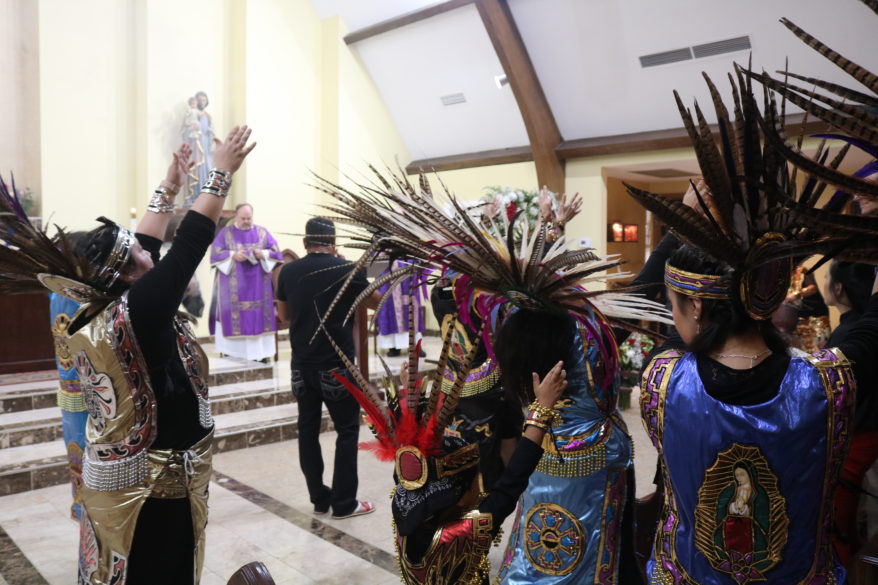
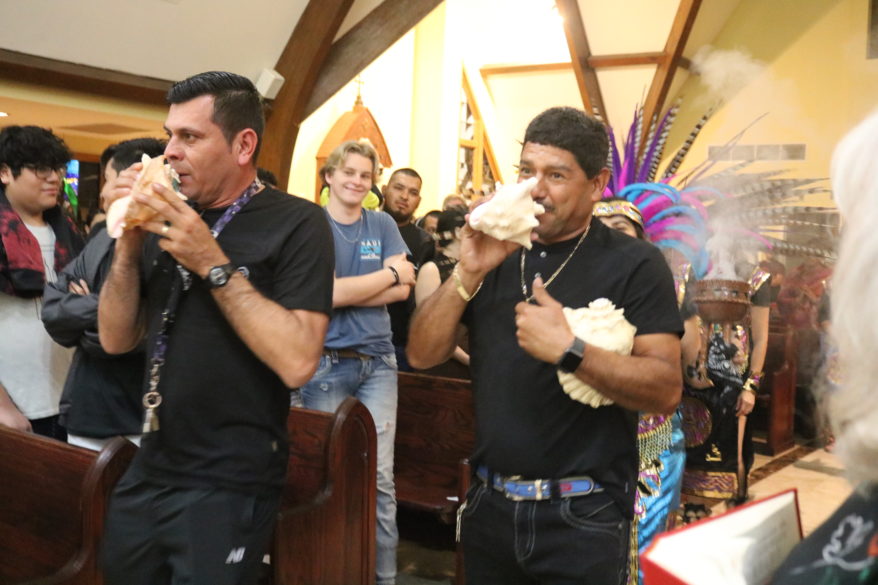
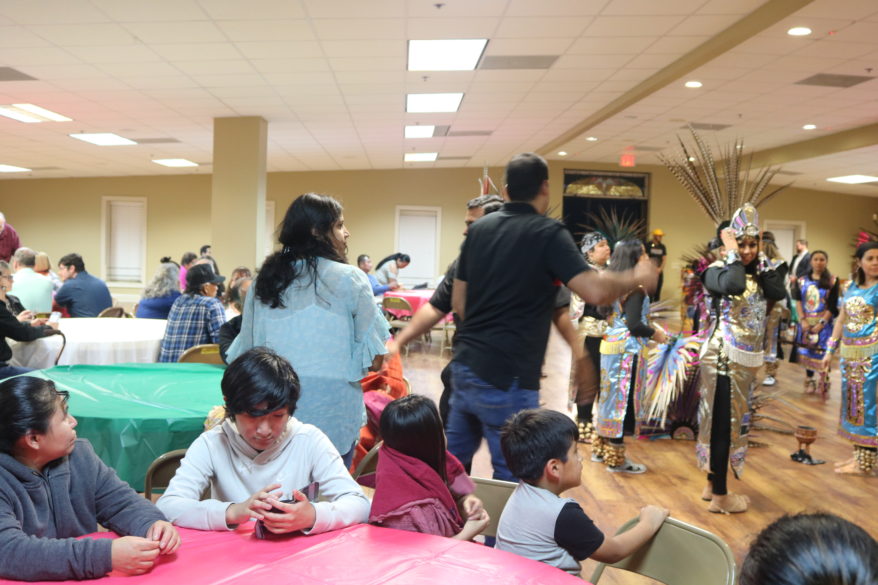

JACKSON – St. Richard Catholic School

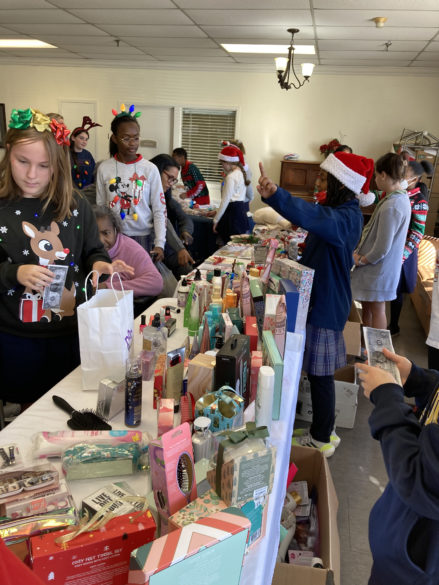


JACKSON – St. Richard School’s community service project, Manhattan Mall, runs in November and December when sixth graders collect gift items and wrapping supplies to host a shopping event for the residents at Manhattan Nursing and Rehabilitation Center in Jackson. (Left photo by Tammy Conrad and right/bottom photos by Cathy Tebo)
SOUTHAVEN – Sacred Heart Catholic School
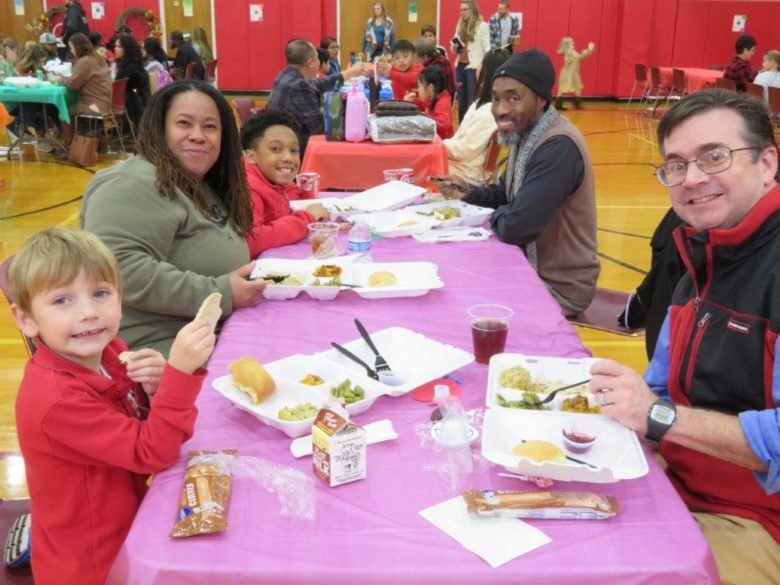
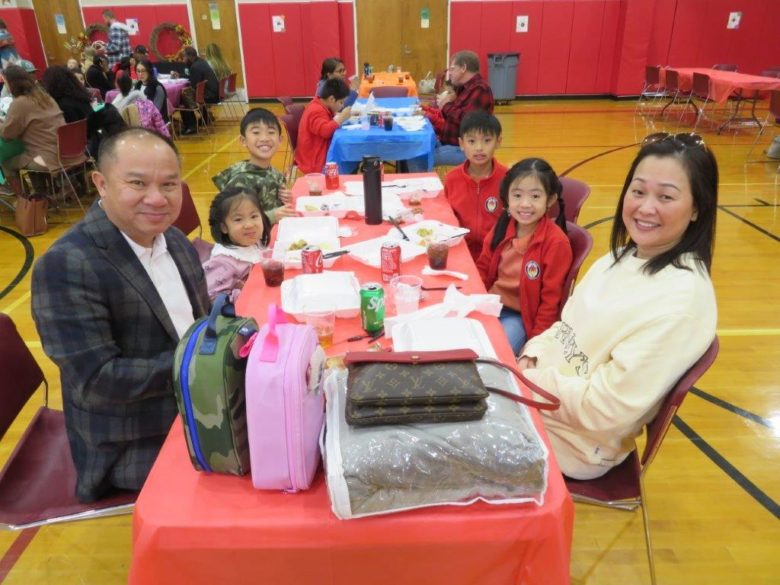
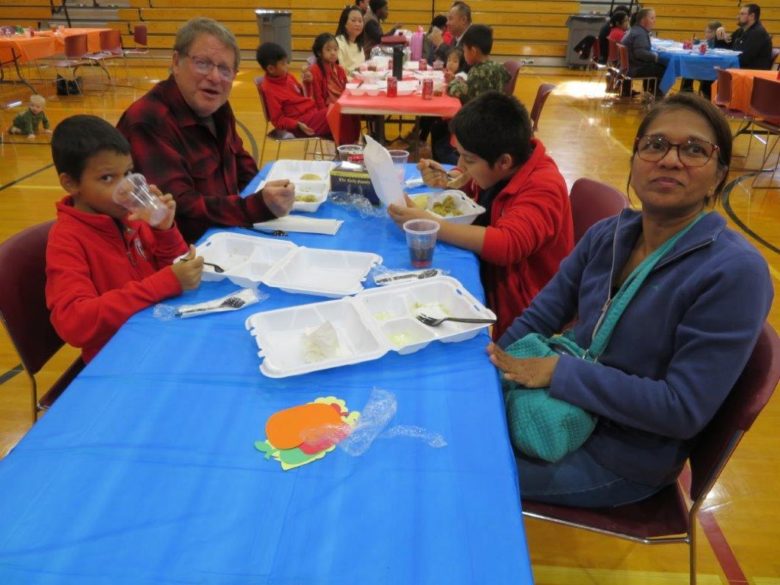
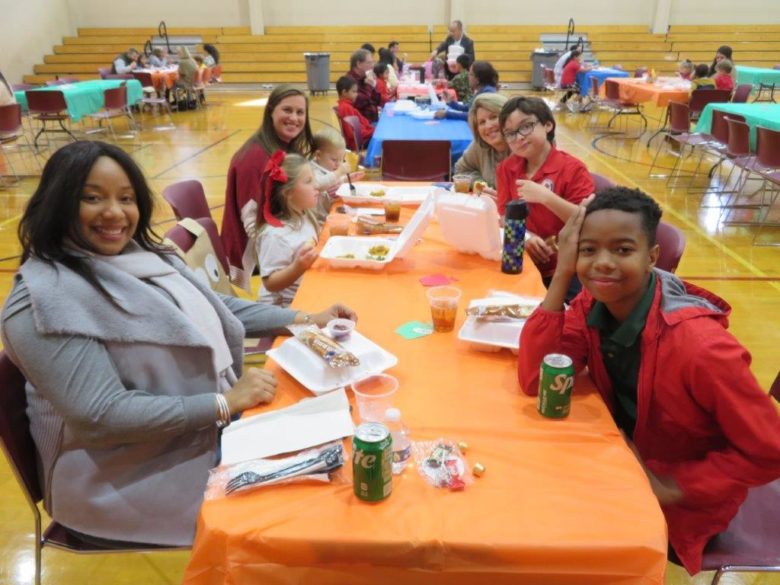
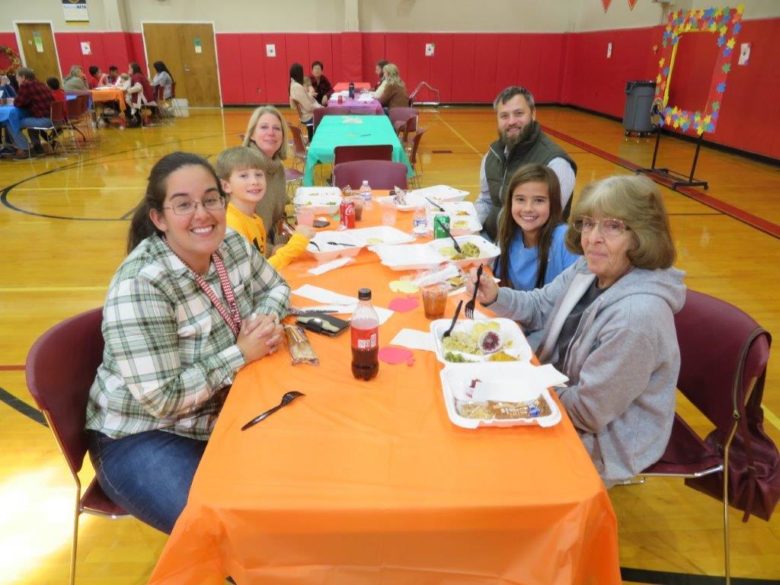
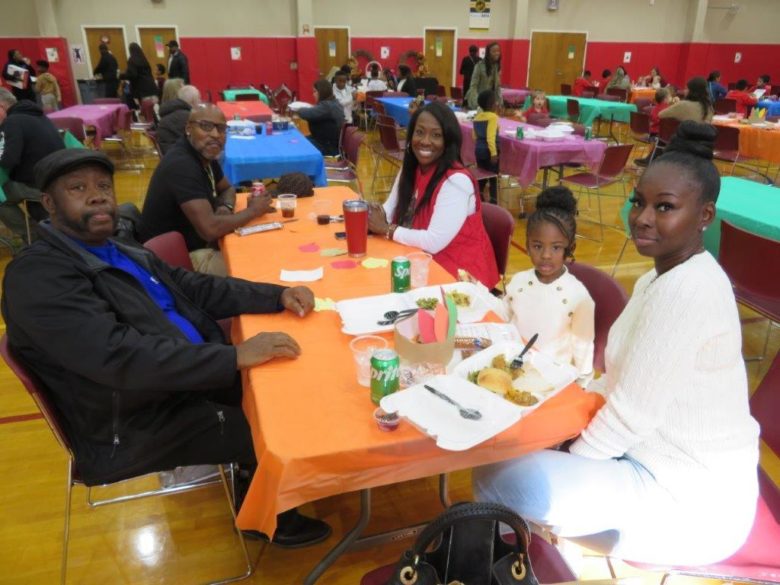
SOUTHAVEN – Sacred Heart School celebrated Thanksgiving blessings with a family dinner before Thanksgiving break. (Photos by Sister Margaret Sue Broker)
GREENVILLE – St. Joseph Catholic School
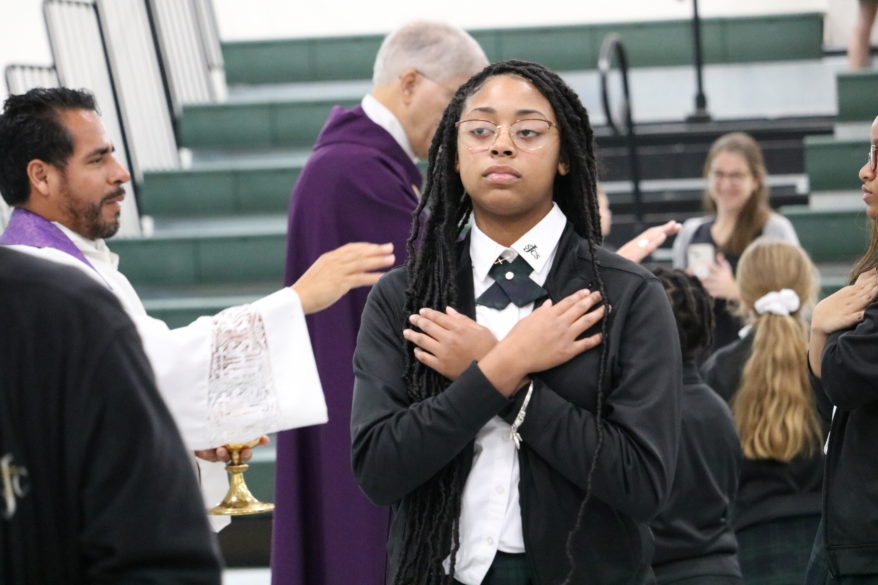
COLUMBUS – Annunciation Catholic School
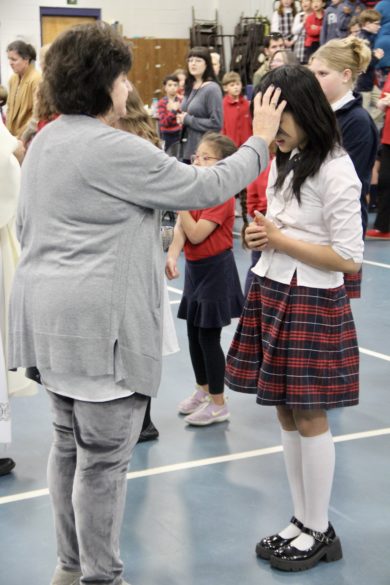
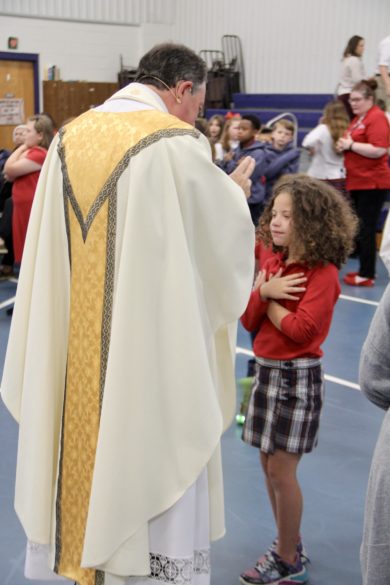
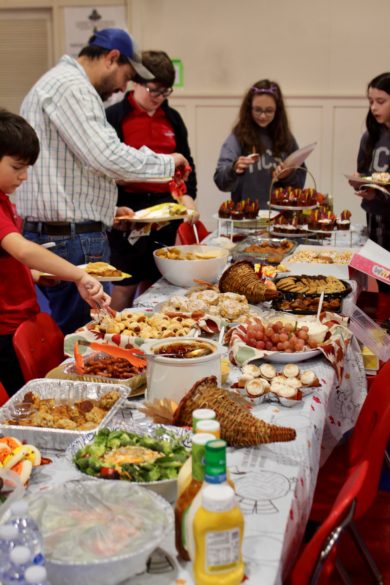
COLUMBUS – Families gathered for a Thanksgiving feast at Annunciation Catholic School. (Photo by Logan Waggoner)
MERIDIAN – Catholic Community
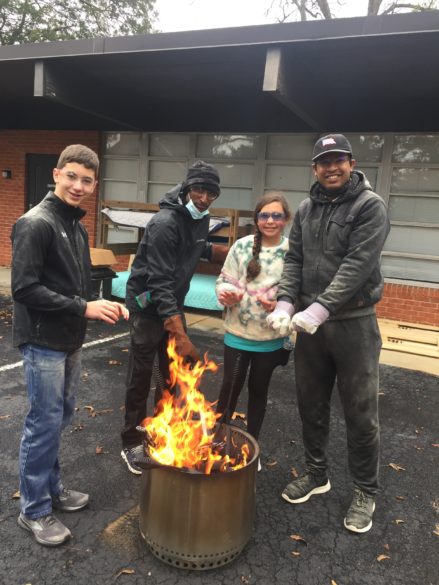
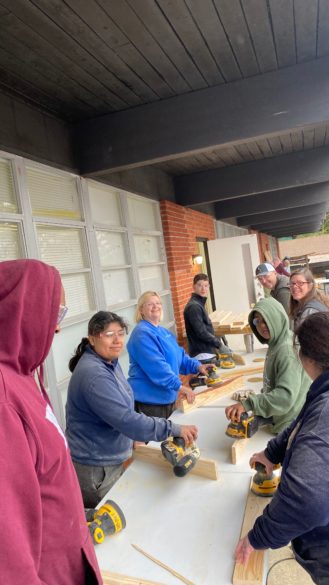
MERIDIAN – Father Augustine Palimattam Poulose and Father Justin Joseph try to warm up in between building beds for children in need on Nov. 12. A group of youth and parishioners worked to build 10 beds for an organization called Sleep In Heavely Peace. (Photos courtesy of Catholic Community of Meridian)
CLARKSDALE – St. Elizabeth
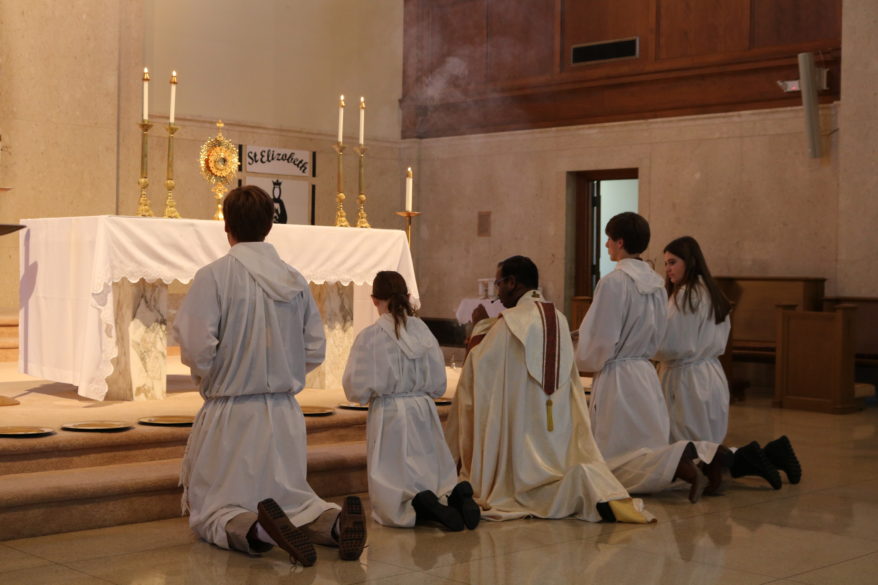
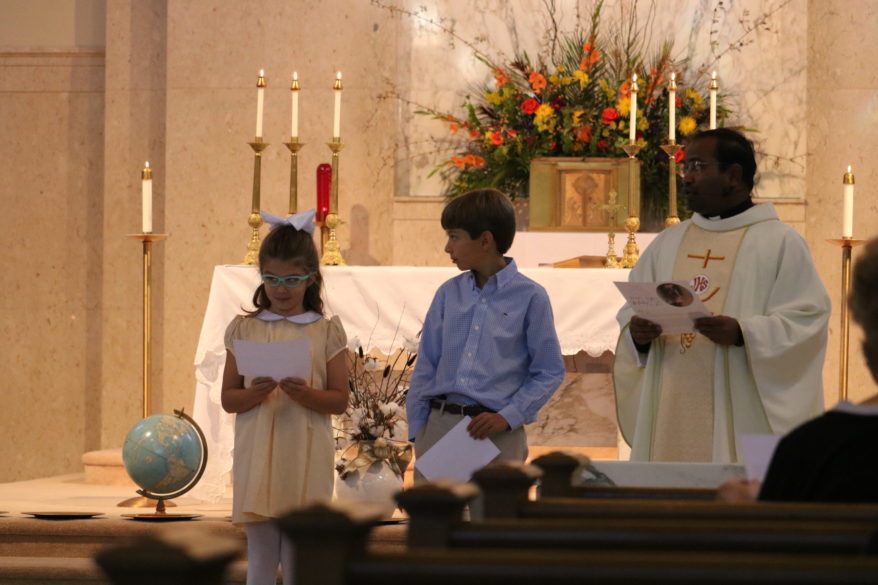
CLARKSDALE – On Sunday, Nov. 20, St. Elizabeth parish held a triple celebration – the 110th aniversary of the church and the feasts of St. Elizabeth of Hungary and Christ the King. On left, Elizabeth Blaine Cauthen, Brooks Cauthen and Father Raju Macherla read a beautiful prayer at the end of Mass.
(Below) Luke Agostnelli, Steele Britt, Father Raju, William Walker and Isabel Walker participate in Adoration before Mass. (Photos by Tereza Ma)
From the Archives
By Mary Woodward
JACKSON – Travelling statues is once again the topic of our archives journey.
This past weekend I was in Greenwood at Immaculate Heart of Mary parish for the celebration of Confirmation with Bishop Joseph Kopacz. As you may recall, IHM sadly was vandalized back in January and their beloved statue of the Blessed Mother was severely damaged.
We were able to restore the statue through the gifted hands of Eyd Kazery and return her to the parish in time for the feast of the Immaculate Heart of Mary in June.
This past Sunday for the first time I was able to see her in person adorning her newly designed place of honor in the church. Joy welled up in my heart to see her standing there watching over the congregation.
For centuries statues have adorned churches and churchyards reflecting images of our Catholic faith family. When people ask me why Catholics pray to statues, I respond by asking them if they have photos of their parents and grandparents somewhere such as the staircase wall.
I go on to explain that our statues and images of saints are similar to their family photos. The images invoke reverence for people who have inspired us, and we believe in faith to be in heaven available to offer prayers on our behalf to God. That usually does the trick and in answering the question an act of evangelization has just occurred.

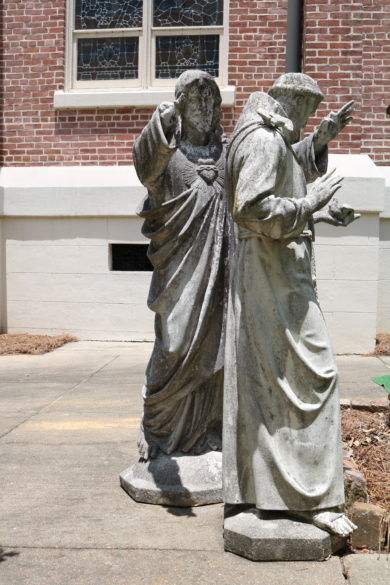
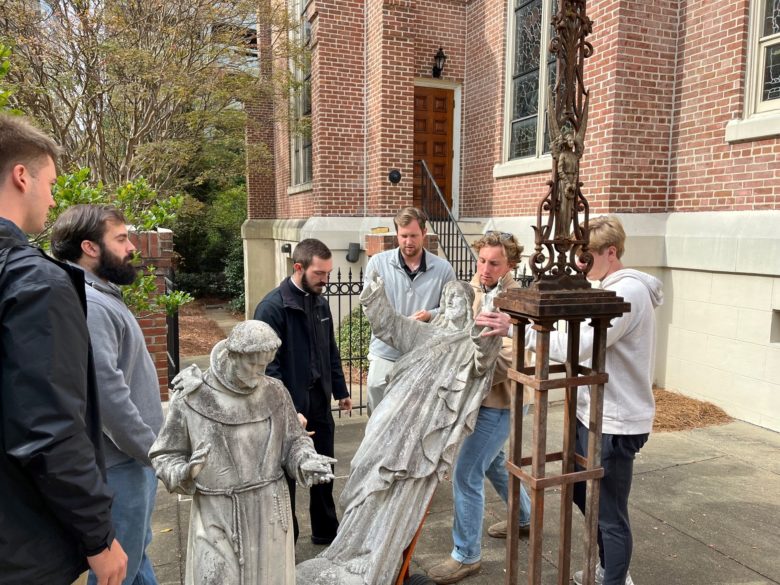
JACKSON – Diocesan seminarian and some strong Belhaven University students were able to move the Sacred Heart of Jesus and St. Francis statues in the Bishop’s Cemetery next to the Cathedral of St. Peter the Apostle. (Photos courtesy of Mary Woodward)
Statues at the Cathedral took center stage as tools of evangelization the week of Thanksgiving.
Last year two statues in the Bishop’s Cemetery had to be moved to prepare the grave for Bishop Joseph N. Latino. Those two statues – the Sacred Heart of Jesus and St. Francis – never got moved back. We had left them in place not only because the Sacred Heart looked as if it were consoling St. Francis and that is a very appropriate scene in a cemetery, but also because they weigh about 400 – 500 lbs. each.
Herein lies the evangelization moment. We have a Belhaven University baseball player named Luke from Lake Charles, Louisiana, who serves at the 10:30 Mass on Sunday at the Cathedral. He loves his Catholic faith and remarked to me one Sunday in the sacristy that there were several other Catholic players on the team who did not always make it to Mass.
Remembering the misplaced statues, I suggested perhaps we could get them interested in coming to Mass if we had some kind of service project such as moving the statues. Luke took this to heart and the Monday before Thanksgiving he showed up for the daily noon Mass at the Cathedral with several teammates.
It just so happened several of our diocesan seminarians were at Mass and just like that we had 10 strapping young men to move those two statues. Indeed, it was a Holy Spirit moment.
The bonus was we wanted the statues placed in different spots from their previous locales and the young men were so very amenable to wrangling them some 20-25 feet from where they were.
The Sacred Heart statue was first to move. He was the heavier of the two and he was too heavy for the dolly. So, they basically walked the statue into its place along the side wall of the Cathedral. At times it looked like a dance and at other times a wrestling match, but mission accomplished.
St. Francis was lighter and easily moved on the dolly to his spot overlooking the bishops’ burial plots with the Sacred Heart. Passersby may now see both statues more easily and hopefully be inspired to offer prayers for our deceased bishops.
After the project was complete, our seminarians invited the teammates into the Cathedral where I gave them an expedited tour of the stained-glass windows and sanctuary along with a little history of the diocese before they headed back to campus. A couple of the baseball players were so enthusiastic they volunteered to come back and move things whenever we needed help.
Mission accomplished. We had connected them to a parish, and they want to come back and be a part.
Evangelization 101 – invite people to church. We know the Lord uses us in creative ways to bring people closer to him. You never know who is seeking the Lord and may be inspired by your sincere invitation.
By Tereza Ma and Joanna Puddister King
CLARKSDALE – On Sunday, Nov. 20, St. Elizabeth parish in Clarksdale held a triple celebration celebrating the parish’s 110th anniversary and the Feasts of St. Elizabeth and Christ the King. Though the day was chilly, the warm welcome of the community drew all in attendance in for a day of worship and fun.
St. Elizabeth parish began in 1891 with the assignment of the first pastor, Father Louis Dutto, who remained with the parish for seven years. The first building was on Issaquena Avenue and was described as “little more than a shotgun house” that seated about 100 people at most by Cleta Ellington in “Christ the Living Water: The Catholic Church in Mississippi.”
By 1913, as the Catholic population grew, a larger brick church and rectory were built on Fairland Place by a young Irish pastor, Father Peter Keenan.
Writings of the day describe the Delta region as a diverse settlement with many northern Europeans, Italians, Lebanese, Chinese in the area. The same seemed to ring true to the diversity of the descendants who still attend the parish today.
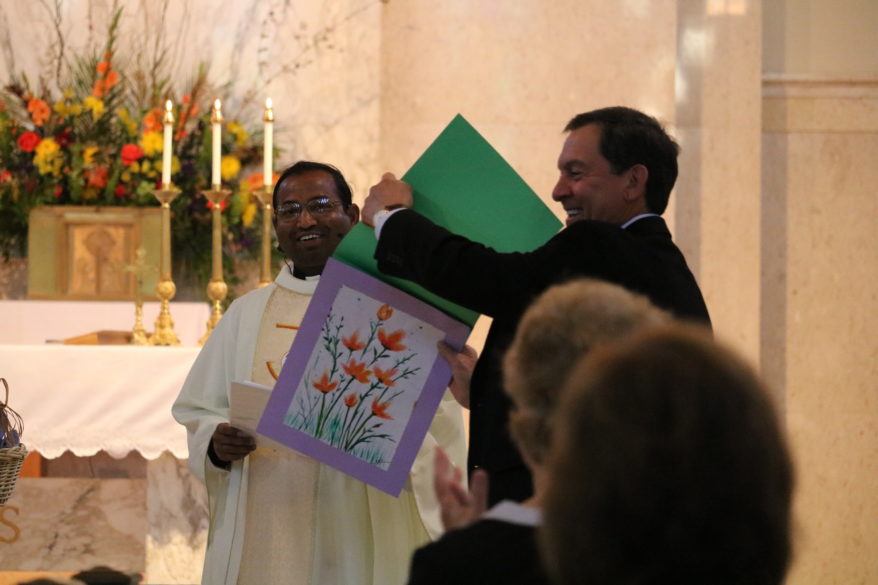
“Knowing our church history helps us understand how our ancestors lived their faith as we consider how we live ours today,” said Camille Walker, parishioner who delivered remarks for the parish’s anniversary. “The lives of our forefathers help us to grow in our faith and to continue their love and care for the church as God’s children.”
In 1969, St. Elizabeth parish moved to Florence Street where the church building is still located today.
As for celebrating the parish’s anniversary and two feasts, Father Raju Macherla said that he didn’t plan the coincidence, “but God helped us come together in this way on this special occasion.”
During his homily at the celebration, Father Raju reflected on the feasts and talked about his parish and parishioners that he loves so dearly.
“Repeat after me: “I love my church and today is my church feast,” Father Raju said to smiles across the pews.
“We celebrate birthdays, wedding anniversaries, graduations, so we should certainly celebrate the church feast.”
Father Raju weaved in stories of different parishioners and their history through his homily. From “family pews” that he said signified a meaningful, tangible attachment to the church, to profound memories from church visitors who still consider St. Elizabeth their home parish, since attending there as children.
“I have heard so many beautiful true stories from you,” said Father Raju. “I have shared all these stories to tell you that though we live elsewhere in the country or world, the church plays a vital role in our lives every day. It is from the altar that we receive the grace of God.”
After the celebration Mass, the parish had a classic Thanksgiving feast with ham, turkey and Delta-made delicacies. There were games for all ages – even adults engaged in the fun, making memories and celebrating a parish with warm traditions and love for their community.
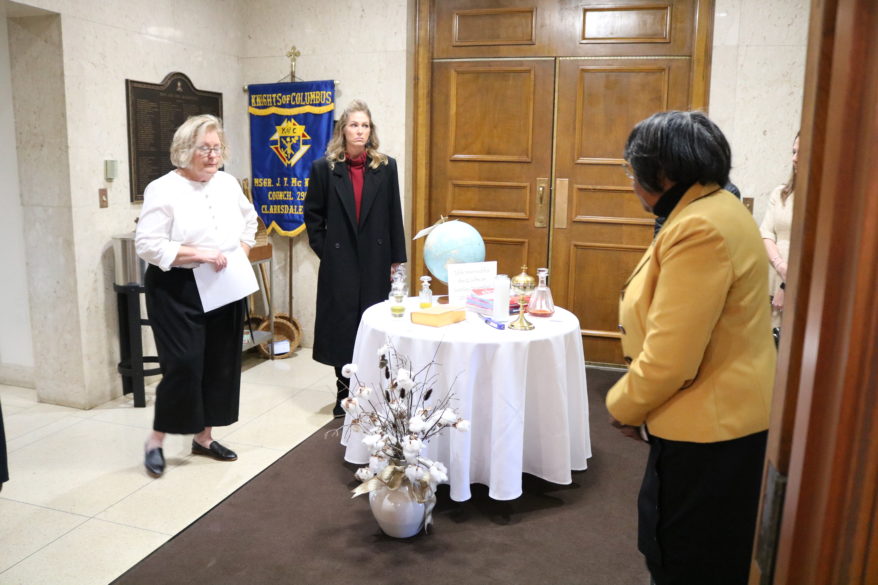
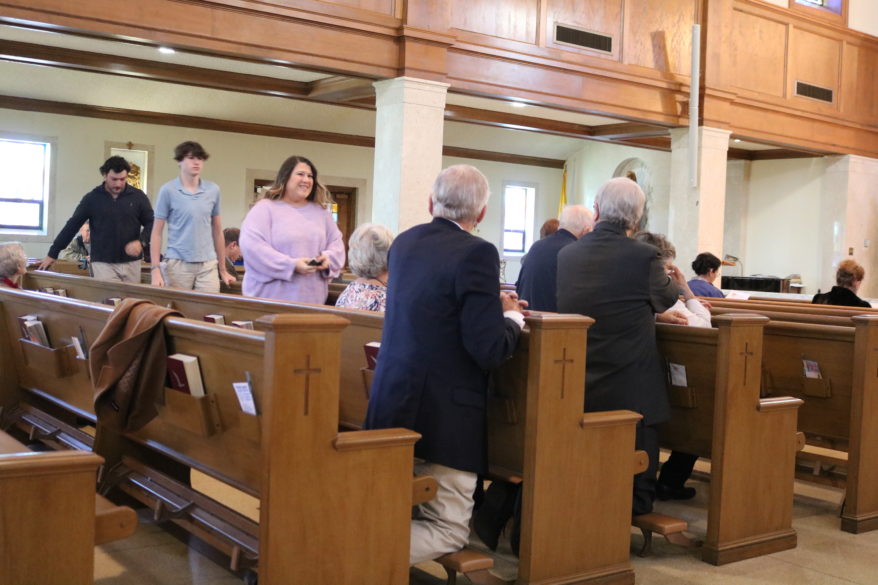
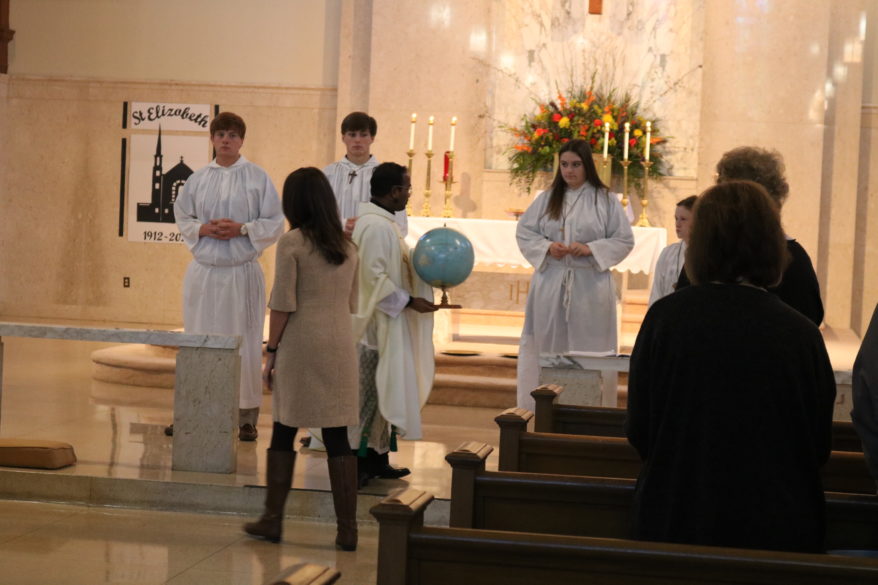
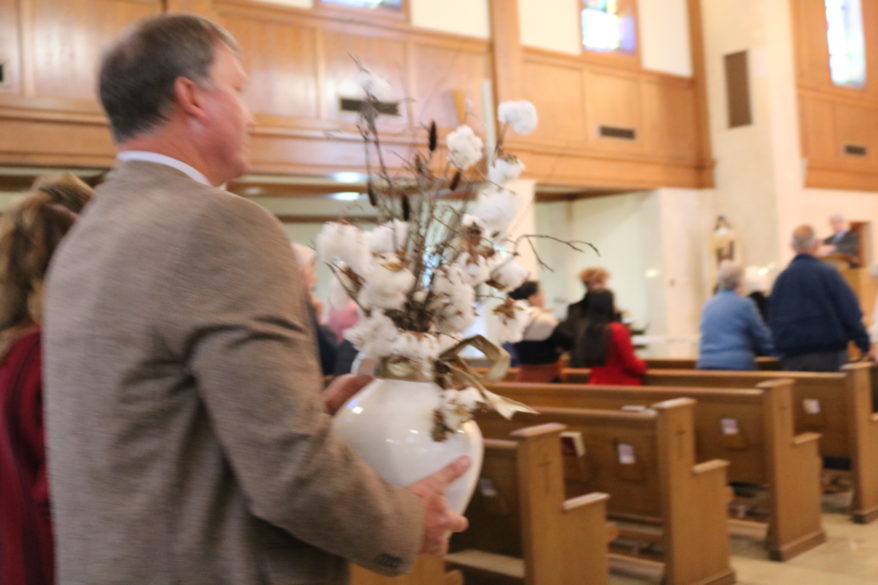
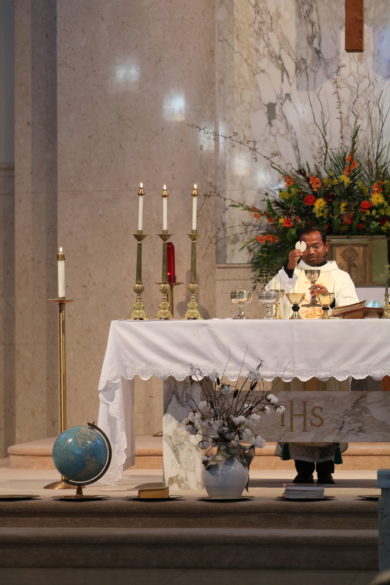
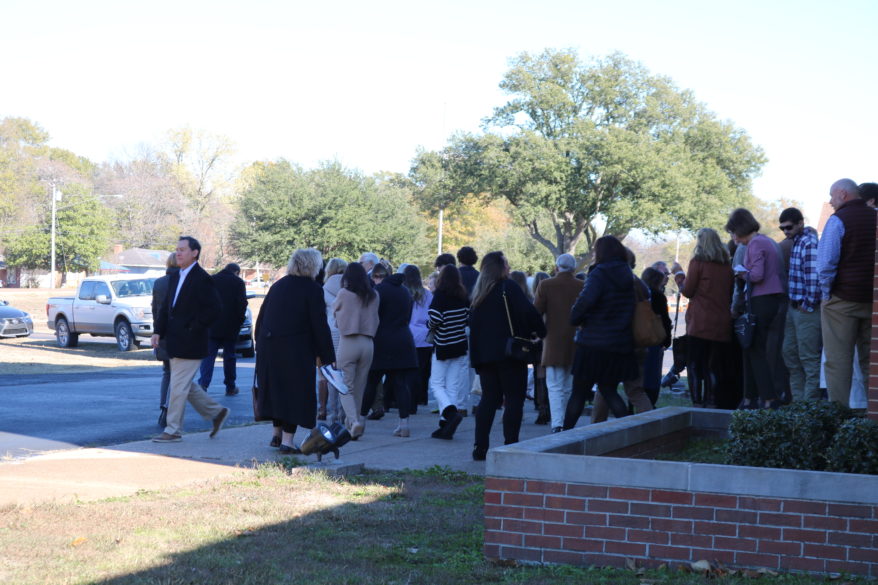
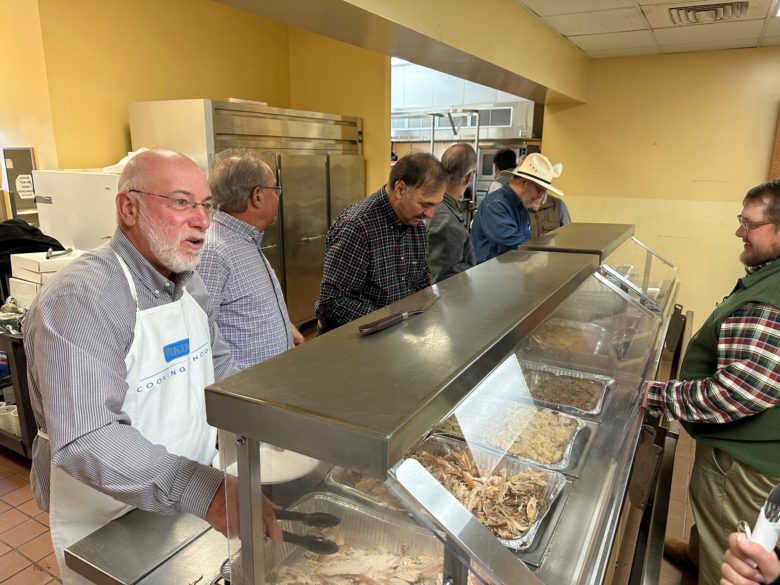
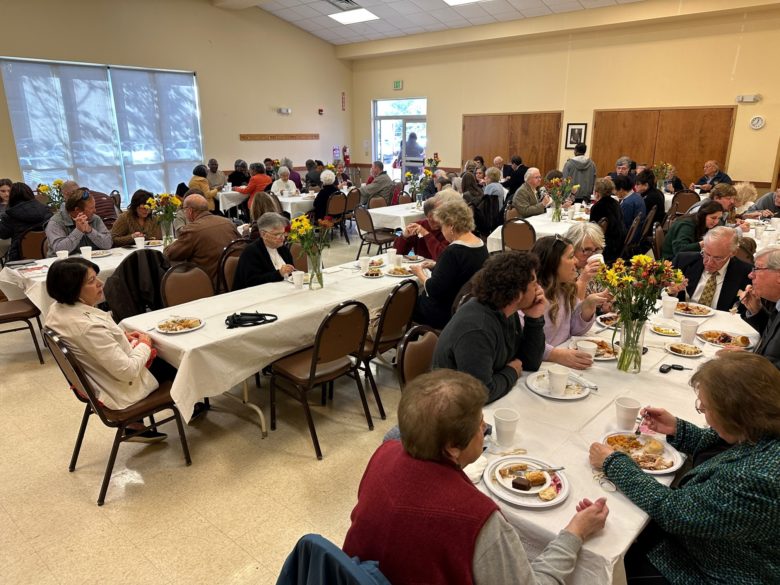
By Joanna Puddister King
GREENVILLE – The grey skies on Tuesday, Nov. 29 did not dampen spirits in celebrating the memorial to longtime St. Joseph parishioner, Salvador Sarullo. The dedication and Mass at St. Joseph School, planned for outdoors, was moved indoors due to the threat of severe thunderstorms in the region.
The ceremony following Mass marked the incredible generosity of Sarullo, who bequeathed a large portion of his estate to St. Joseph parish in Greenville.
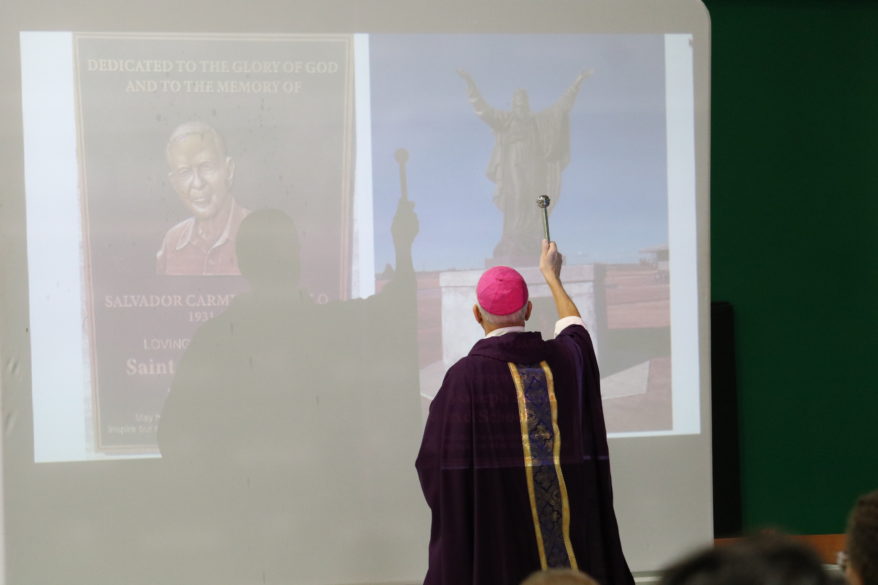
Sarullo was born in 1931 in Greenville and graduated from St. Joseph High School (formerly St. Rose of Lima) and attended Springhill College in Mobile. He was a lifelong resident of Greenville, where he was a well-respected and successful businessman, who was known for his integrity, generosity and involvement in the community. Passing in December 2018, Sarullo helped many in need during his 87 years.
Bishop Joseph Kopacz prayed with Sarullo many times during the last year of his life, calling him a “great man of faith.” During the event he lauded Sarullo as a remarkable example of Catholic generosity and challenged everyone to live up to his example and great works of charity in the community.
Since his passing, St. Joseph parish has worked hard to preserve the legacy of Sarullo’s gift, while embarking on multiple projects to spread the Good News of the Gospel and support those in need in the Greenville community.
During the dedication ceremony, that included a blessing of a projected photo of the “Touchdown Jesus” statue and plaque commemorating Sarullo due to the inclement weather, several shared the impact he made with his gift, as well as future plans to impact the Greenville community.
President of the St. Joseph parish finance council, Ken Purvis shared renovations completed at the church and those to come thanks to the gift made by Sarullo. He said that the parish approved plans for an extensive remodel and improvements to the interior of the Victorian-Gothic style church including the complete re-plastering of interior walls, artwork and murals painted throughout the sanctuary, including the ceiling. Purvis shared that future plans include extending and enlarging the altar to better accommodate service. The historic restoration project is set to commence in 2023 right after Easter.
Purvis told those gathered that the church has already completed a re-design of its sound system and that part of the Sarullo bequest helped match funds donated by parishioners to replace the slate tile roof in 2020.
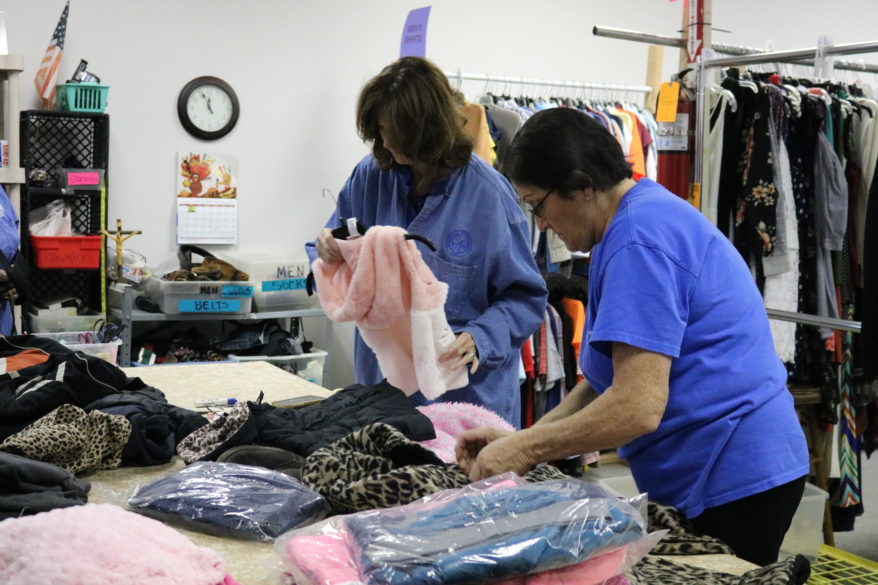
Speaking on improvements to the St. Joseph parish hall, Jim Lipscomb, president of the parish pastoral council, started by thanking the diocese for all of the support given to the parish, even in tough times. “They’ve stuck with St. Joe School and St. Joe parish for many years,” said Lipscomb.
For the parish hall, Lipscomb said the renovation will expand the size with improvements like new LED lighting, HVAC system, sound system, projectors for presentations, furniture and more. Renovations also include a new kitchen with a cafeteria style serving line and top-of-the-line appliances and work stations.
“This new space will be a show-place for church meetings, sacrament classes, youth retreats, parish assemblies, wedding receptions and luncheons,” said Lipscomb.
Construction on the parish hall project has already commenced and should be completed early in 2023.
“I want to thank Salvador Sarullo for your generosity that has allowed us to create all of these different projects,” said Lipscomb.
One of the most significant ministries of St. Joseph parish is St. Joseph Catholic School said Britt Virden, emceeing the event. The gift from Sarullo will also provide a major expansion to the existing facility.
Athletic director, John Butler introduced the expansion project that includes the gym and athletic facilities. “We’ve established a standard of excellence in education and athletics,” said Butler. “We have set the bar for athletics and we want to continue to grow and to get better.”
Plans include building onto the back of the gym with new expanded locker rooms for boys and girls basketball, soccer, baseball and softball teams. The addition will feature a separate training and recovery room for athletes and school trainers, new bathrooms and ticket counter.
The gym entrance will also showcase past and current championships with more trophy cases for the Fighting Irish championship teams, said Butler. The newest being the MAIS 4A State Football Championship trophy the team claimed in mid-November.
The new athletic facilities will allow the school to host tournaments and generate revenue, said Butler. “We want folks to come see our school and what we do here.”
Virden said with the gift from Sarullo, St. Joseph School is also looking to grow. He shared that the school is starting an initial committee looking at an Early Learning Center for the community. “We are always looking to grow and expand our offerings, not only because it is important for our community – it’s important to the church, important for our faith,” said Virden.
“It’s important to have a place for parents to have their children come and transfer over into our schools.”
Speaking more on the project was Bart Outzen, who said the goal was to have a program that would sustain the student population and “prepare an intellectual, academically and spiritually prepared student all the way through to St. Joseph.” The center would be located adjacent to the existing school, and it would have a curriculum based upon national standards for early learning centers across the U.S., said Outzen.
Virden said with the Sarullo gift, they want to be good stewards have the gift continue to provide for improvements for “the next 125 years of more” by setting up trusts for St. Joseph School and St. Joseph Church with the Catholic Foundation, headed by Rebecca Harris.
Over 49 years ago, leaders across the diocese decided to establish the Catholic Foundation with the goal to encourage legacy giving through endowed funds and major gifts.
“Salvador Sarullo loved his Catholic faith and it was very near and dear to him,” said Harris. “He was extremely generous with his time, his talent and his treasure through the years.”
For the Catholic Foundation, the St. Joseph Catholic Parish trust is the largest parish trust; and the St. Joseph Catholic School trust is the largest trust to date thanks to Sarullo’s gift, said Harris.
“Each year Salvador’s legacy will continue to live on through the annual distributions provided to the parish school. Future generations will be blessed by his generosity.”
Another ministry that benefited from Sarullo’s legacy is the St. Vincent de Paul Society in Greenville. Thanks to his gift, they were able to completely restore and remodel their buildings.
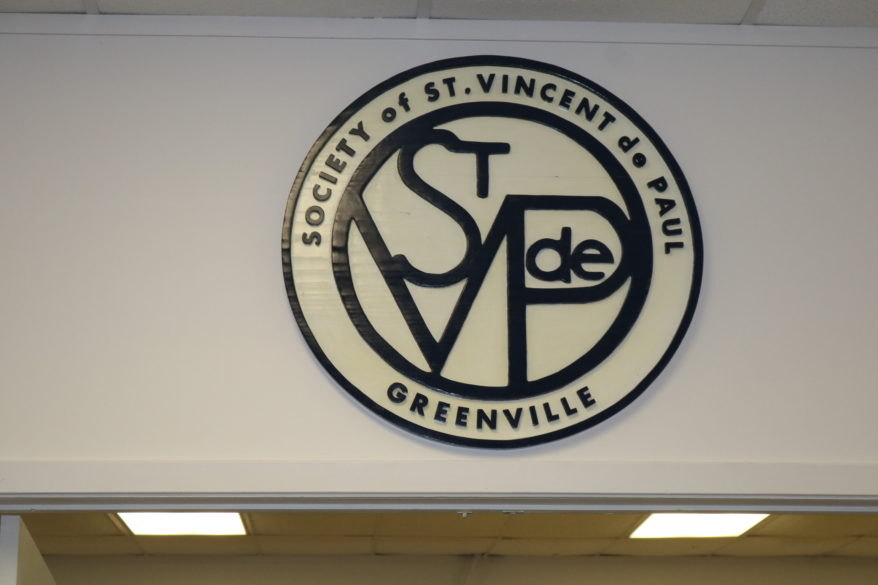
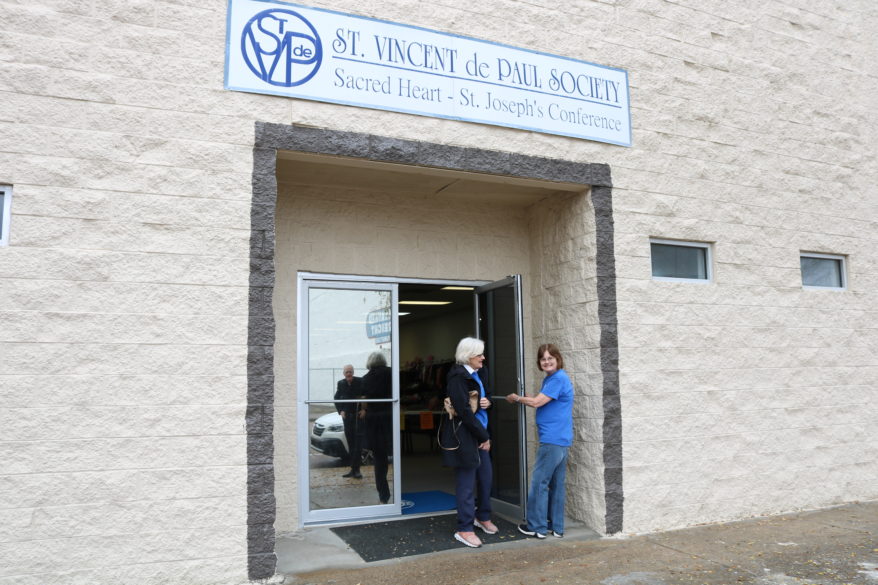
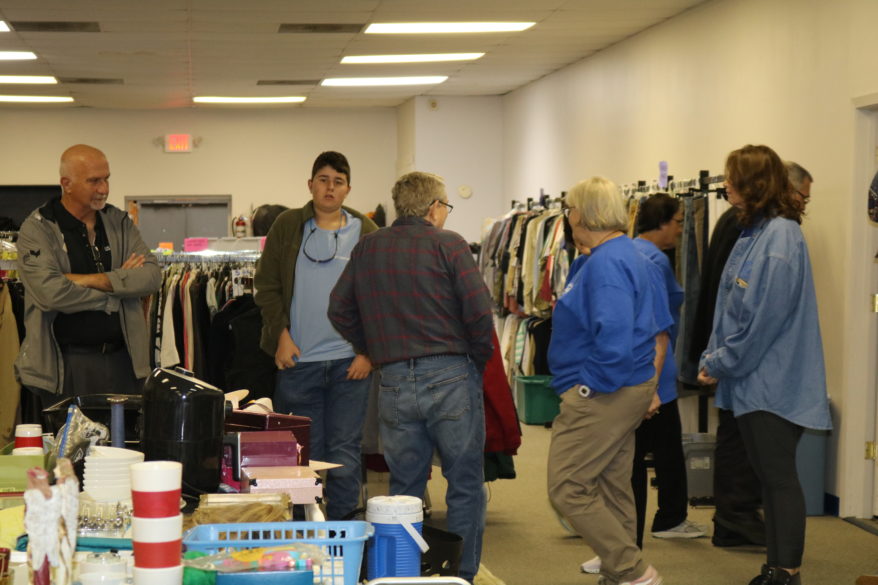
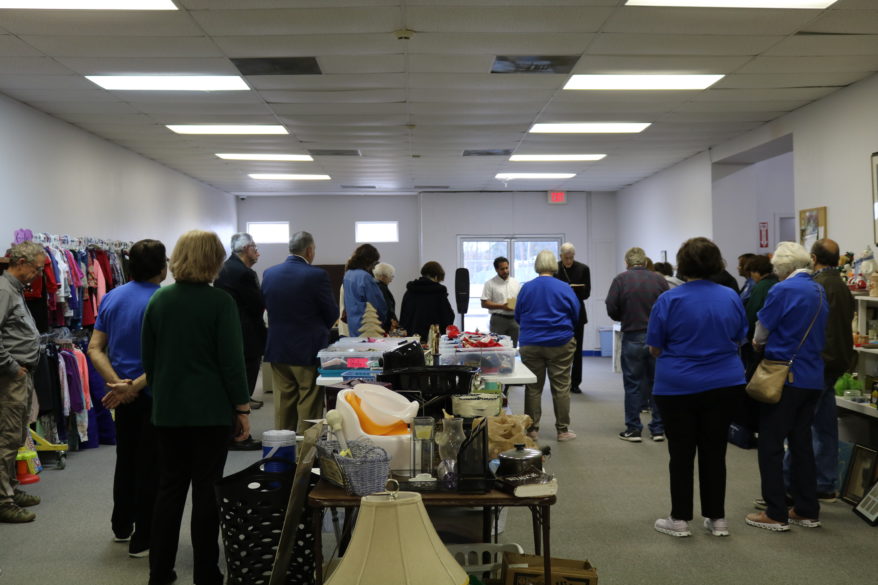
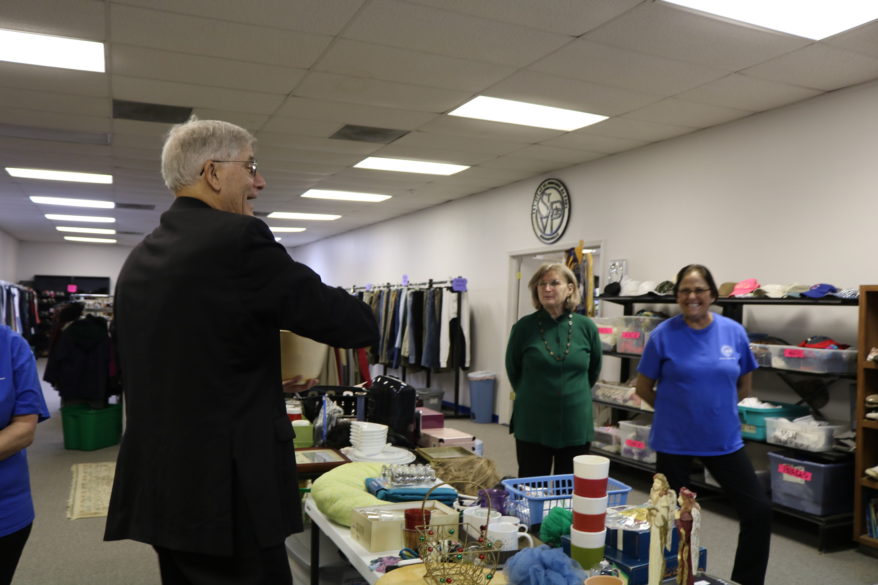
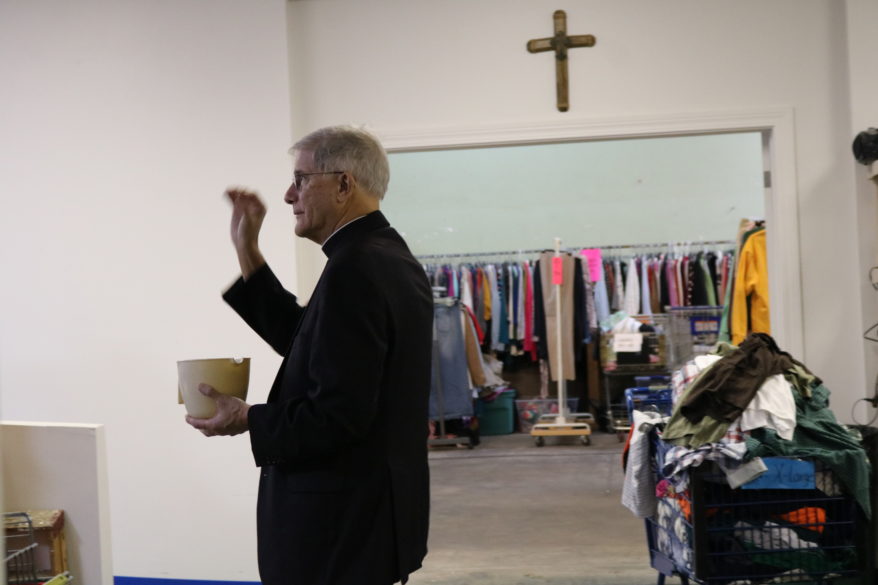
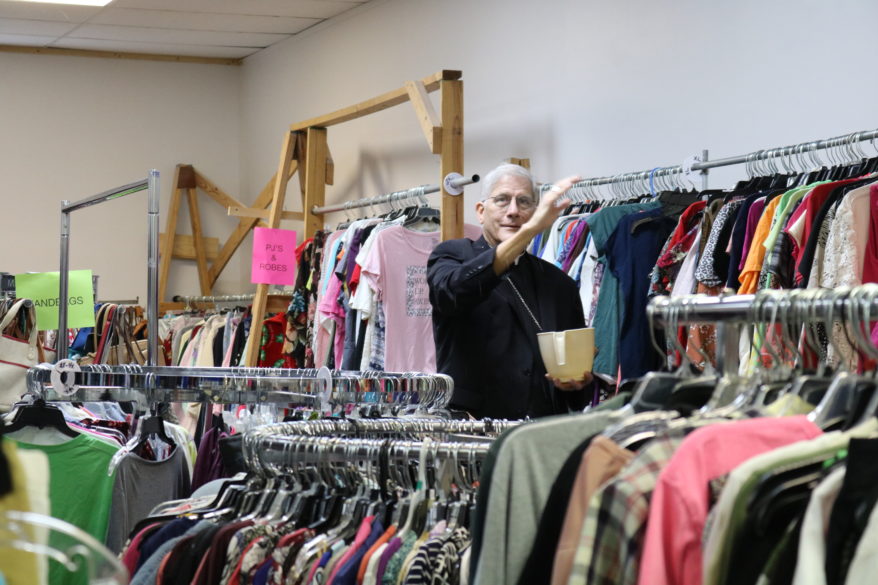
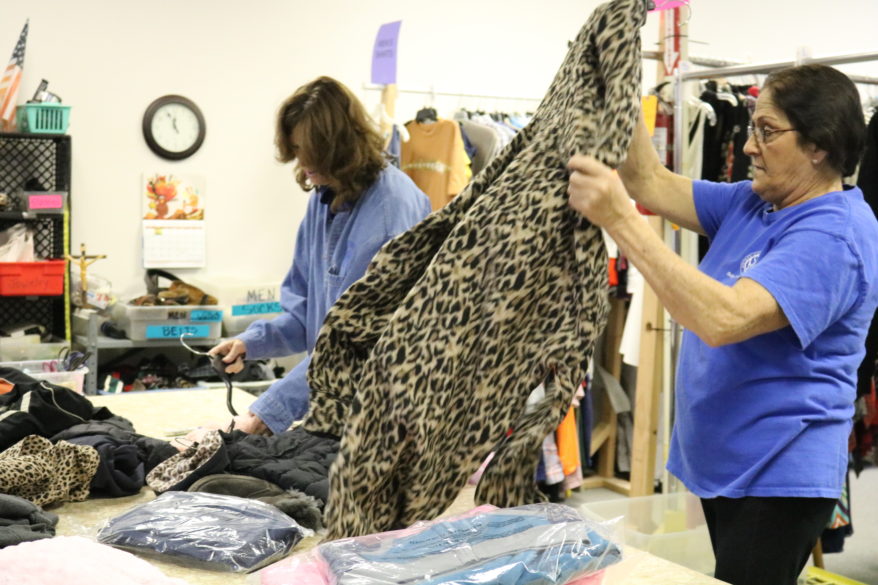
“Our clients don’t only come to St. Vincent to receive food and clothes they also get a hug, a smile and we pray with them,” said volunteer, Julice Curry. “Mr. Sarullo knew that the poor, the underprivileged in our community need a ministry like St. Vincent de Paul.”
Curry shared that in 2000, Sarullo bought the four buildings the organization is housed in now and with his most recent gift they restored them. St. Vincent was able to restore the roof, repair windows and walls and create a more convenient entrance for clients, among other vital projects. The kitchen also received an upgrade to accommodate more food items for the hundreds of low-income clients served each week.
After the dedication ceremony, Bishop Kopacz traveled over to St. Vincent de Paul to view the improvements and bless the building.
“Certainly, it is with great joy that as we hear the words at the culmination of St. Matthew’s Gospel at the final judgement, that the work he talks about, and certainly demands, is being done here at St. Vincent de Paul – welcoming the stranger as we heard. Praying with them, feeding, clothing, giving drink – that’s just something woven into this ministry that is such a blessing,” said Bishop Kopacz.
The repairs to the buildings at St. Vincent de Paul were completed in August 2022. The board is planning on an open house soon and invites everyone to attend to see the improvements made possible by Sarullo’s generous bequest.
“Mr. Sarullo was amazing,” said Curry. “He was a very simple man. If you ever had the pleasure of meeting him, you know that he lived a very simple life but he loved big. He loved his church, he loved this school and he loved, loved St. Vincent de Paul.”
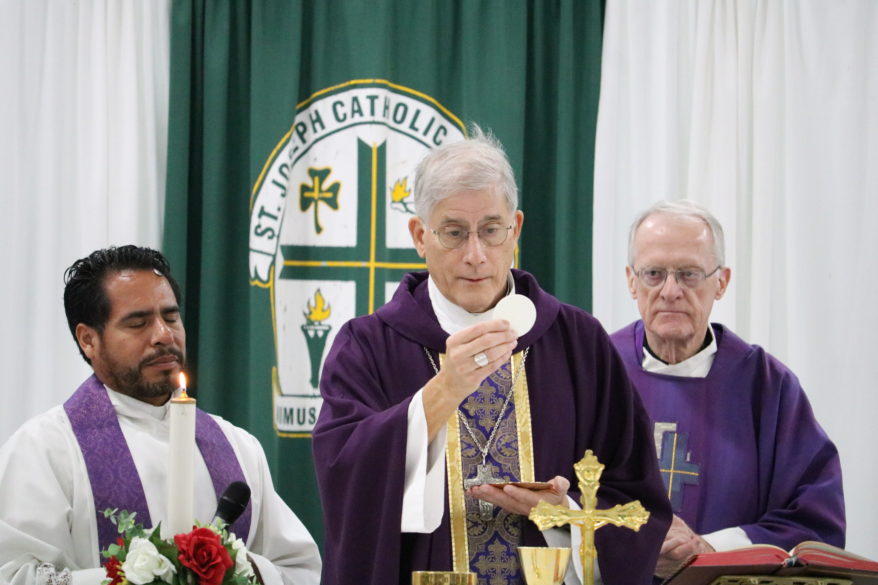
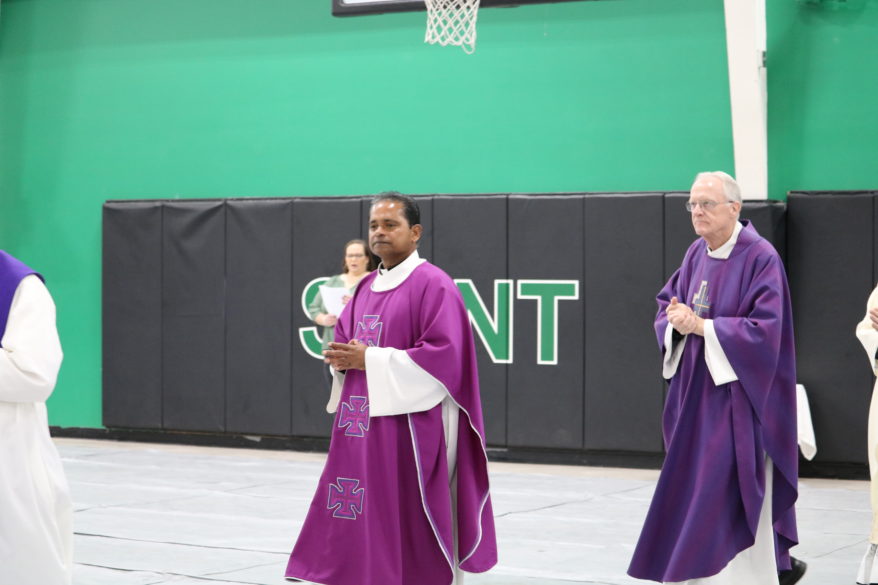
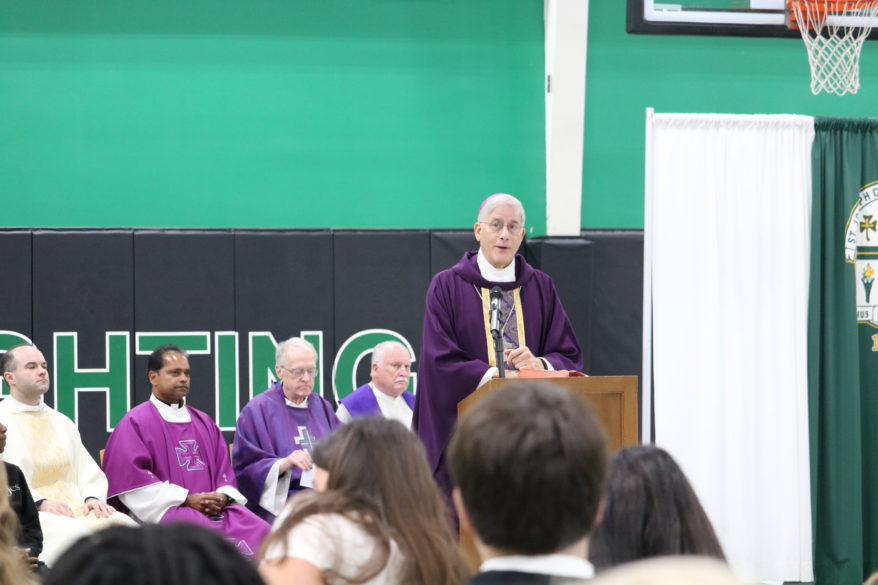
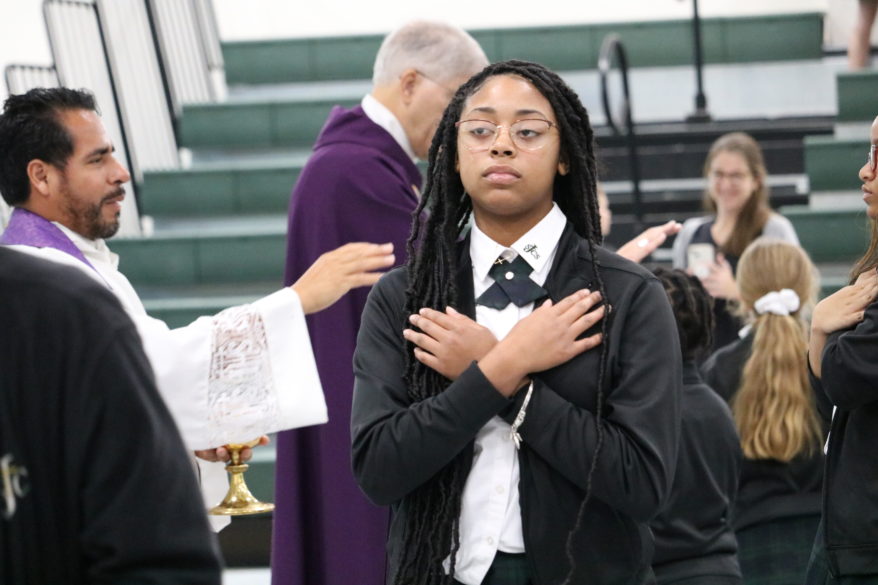
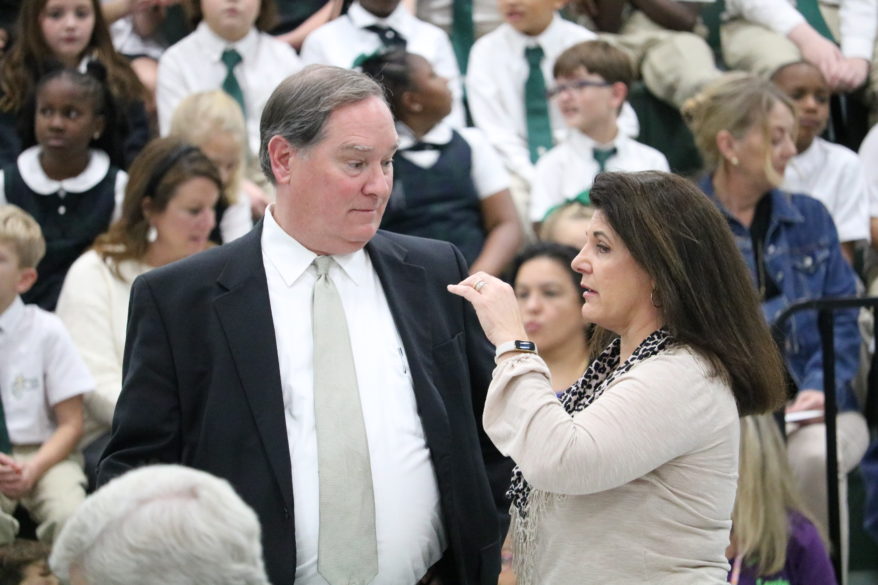
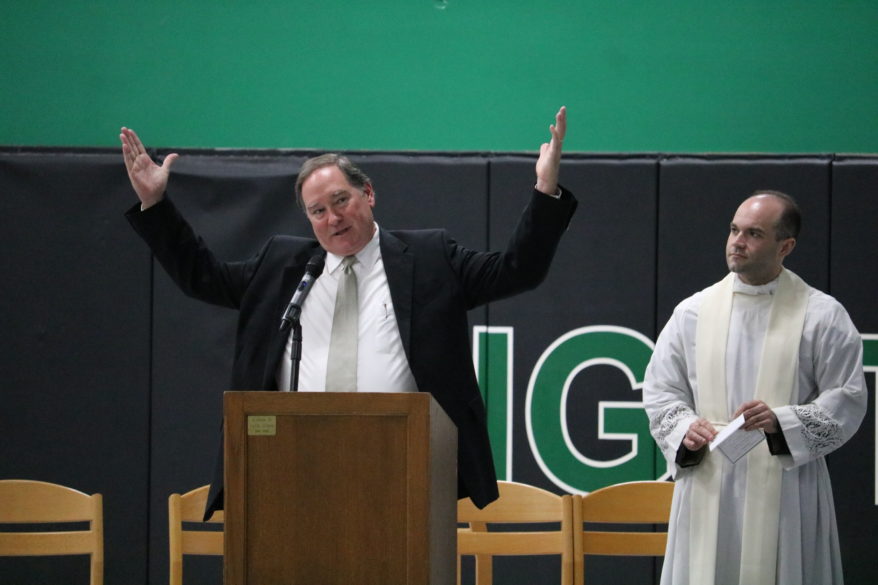

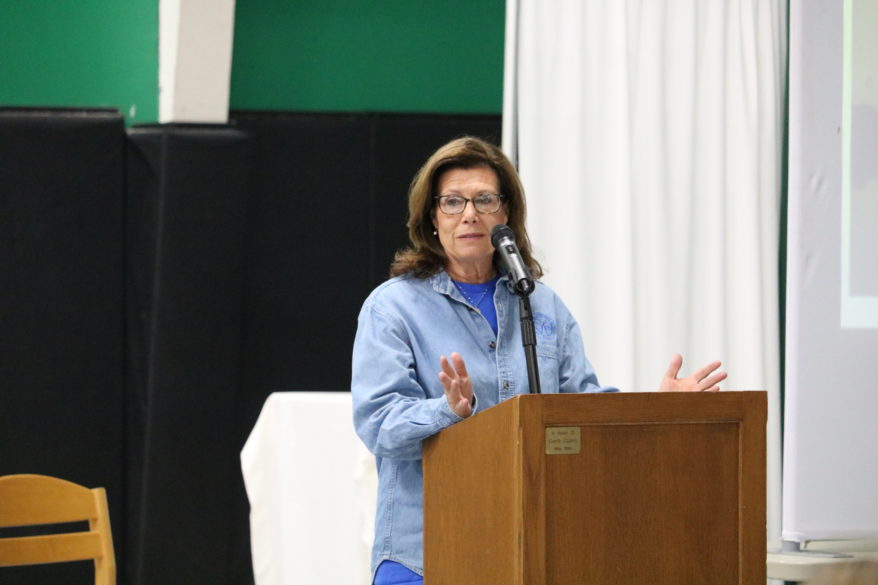
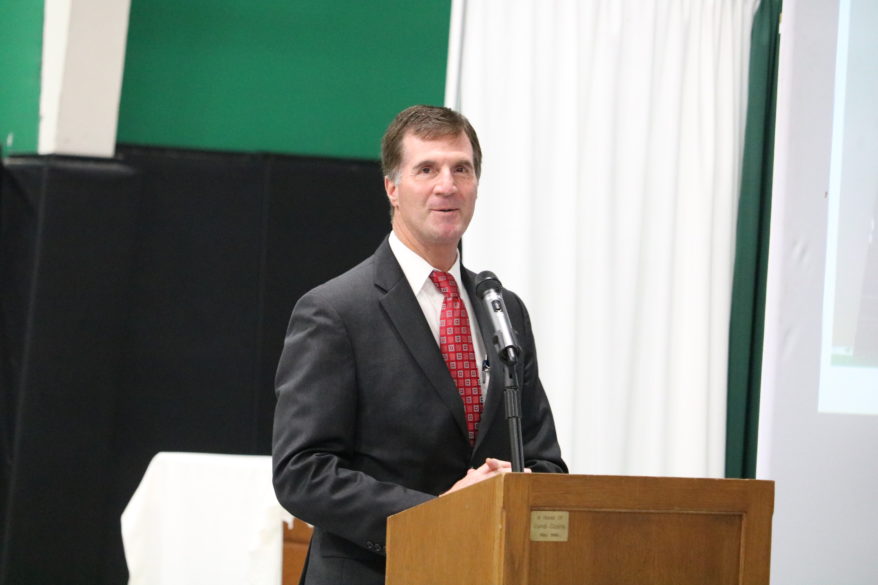
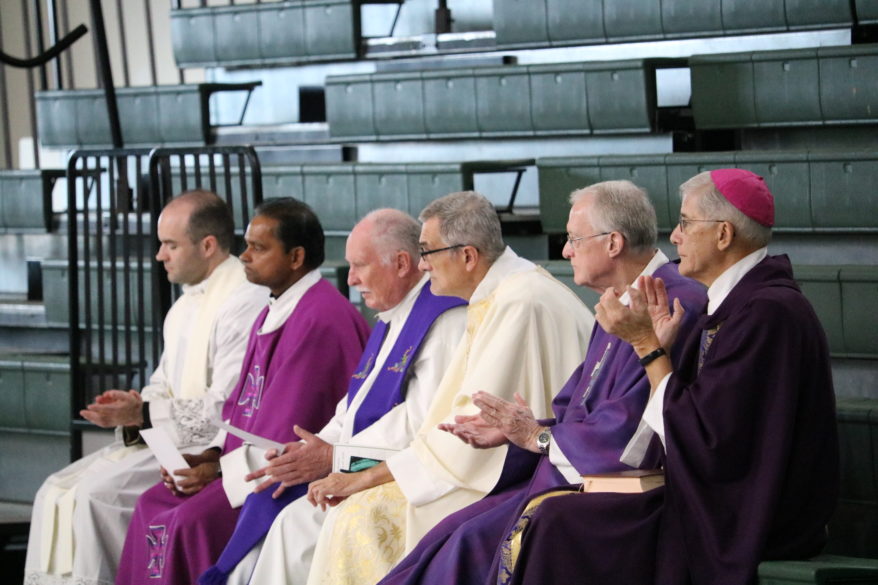
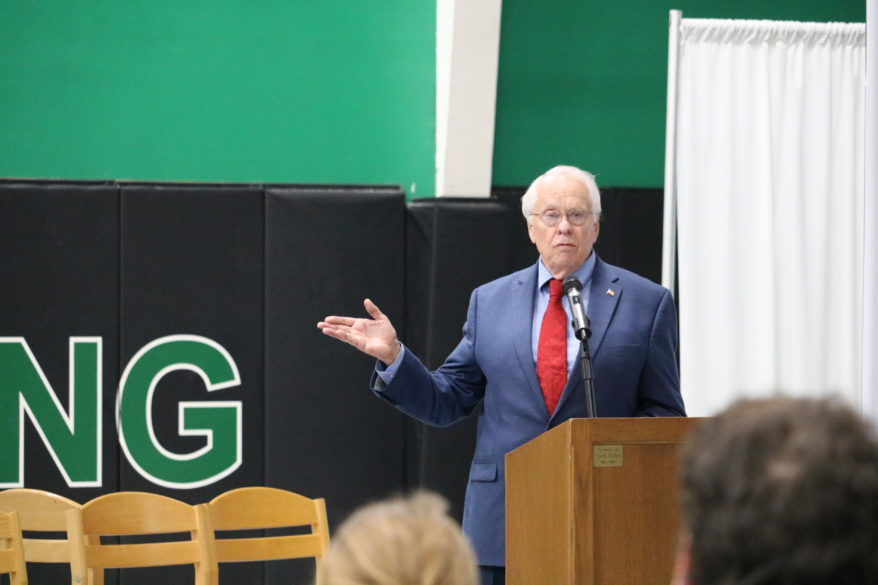
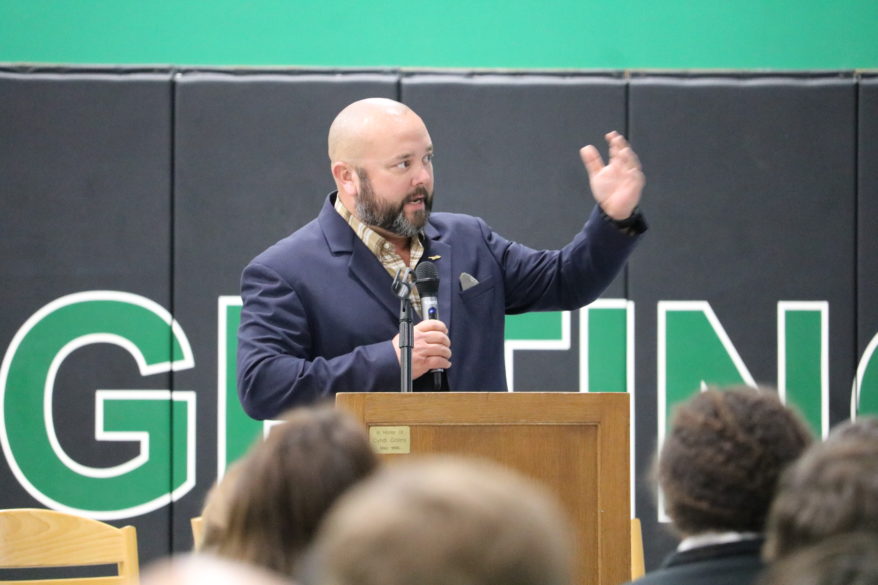
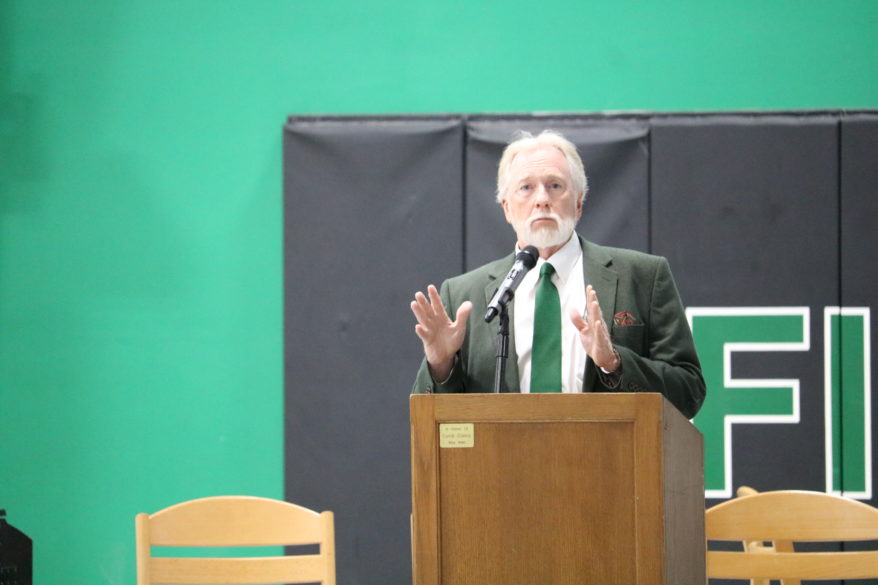
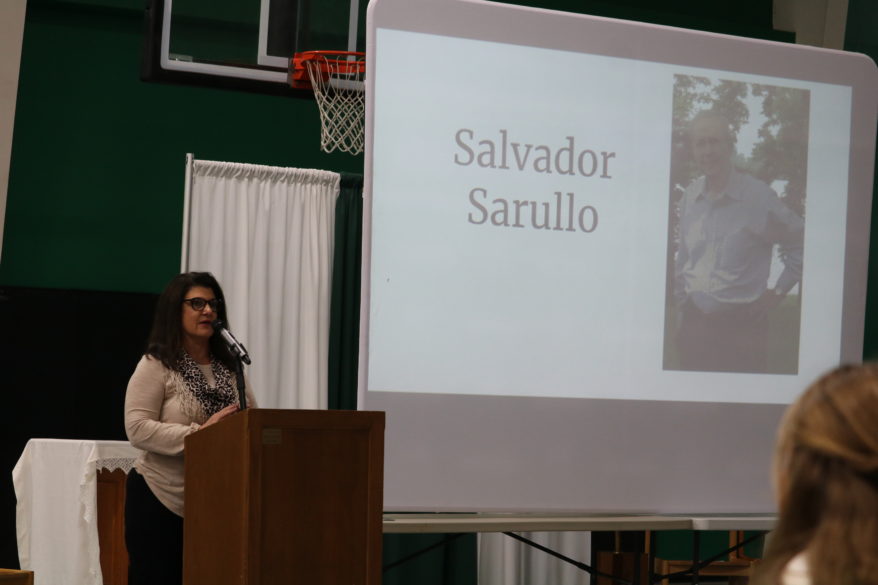
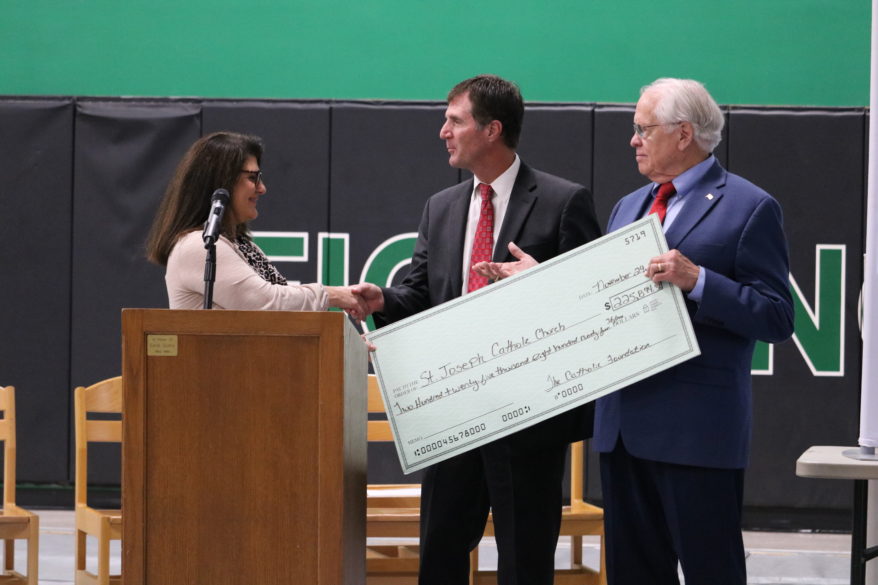
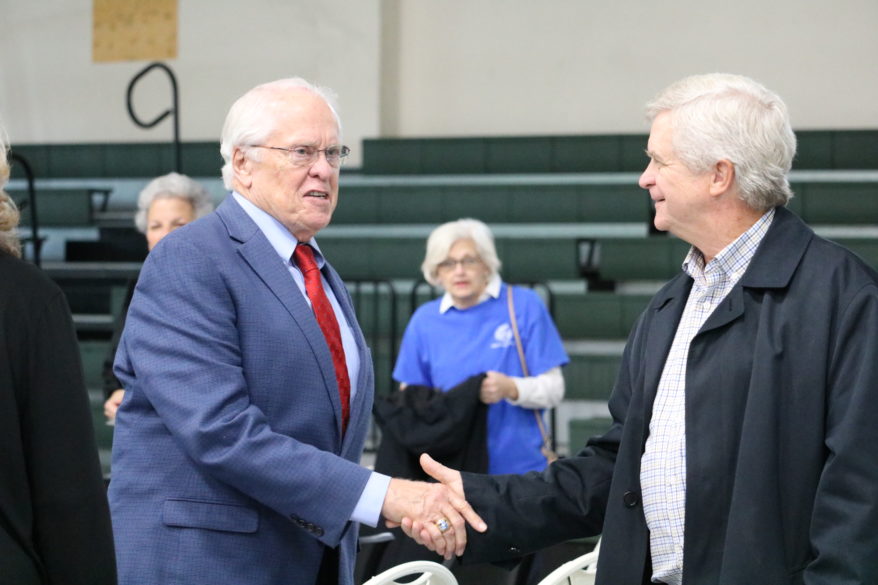

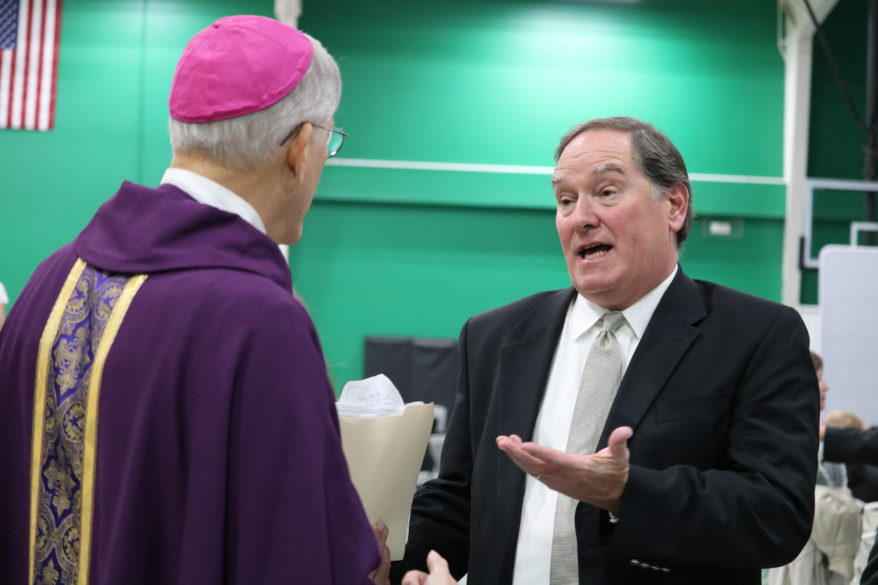
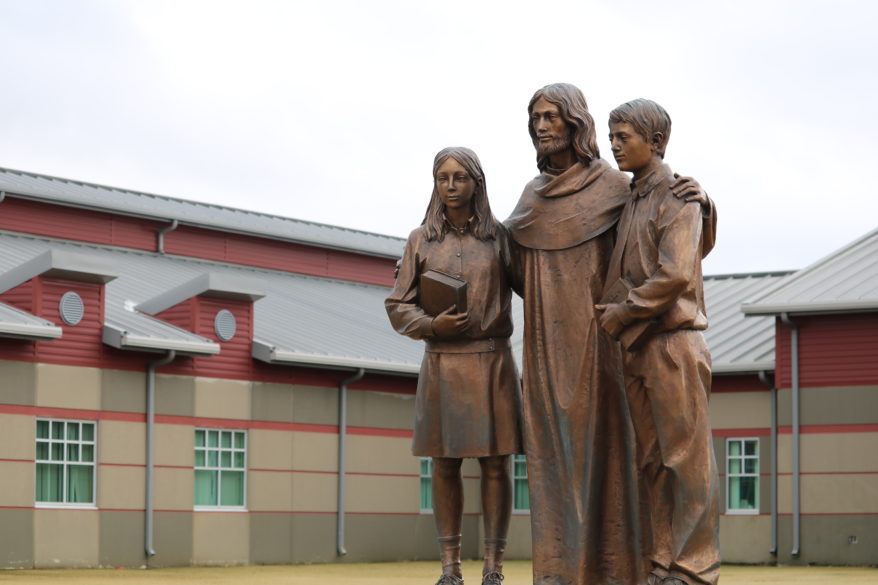
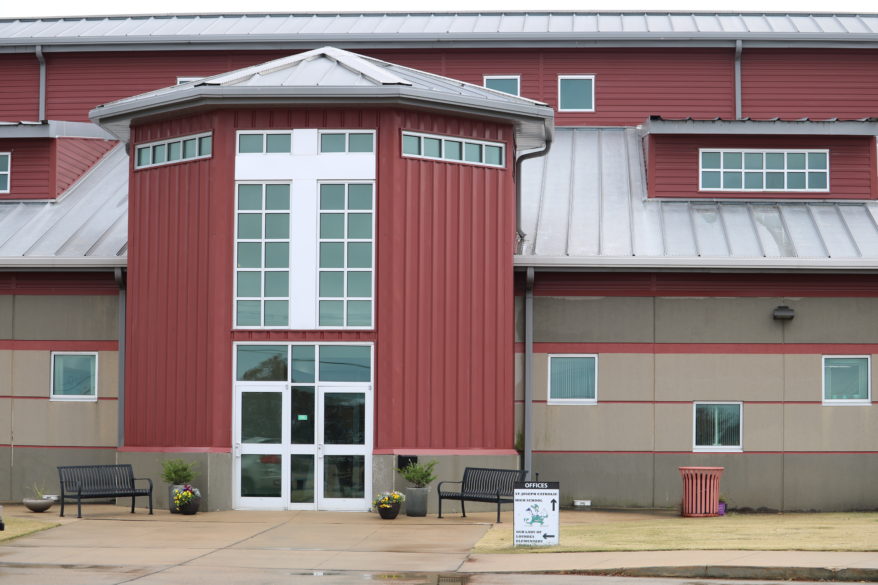
By David W. Healy/Delta Democrat-Times
JACKSON – It takes more than one player to make a dynasty.
These were the words from St. Joseph Catholic School coach John Baker just minutes after his Fighting Irish defeated Tri-County Academy 26-14 to win the MAIS Class 4A State Championship Thursday at Jackson Academy. It was the Irish’s fourth state championship in school history and fourth in six years.
As they have done in their previous three state championships, the biggest stars on this year’s St. Joseph (11-1) team shined the brightest. But it was not just one star. The night and the glory belonged to the entire St. Joseph team who avenged a loss last season to Tri-County in last year’s state semifinal game.
Senior running back Kye Nelson, who played as a 5-foot-9 wrecking ball the entire game, carried the ball for crucial yardage time after time again. In the second half, Nelson’s determination came to a crescendo when his 34-yard touchdown score put the Irish in the lead for good at 20-14 with 1:56 to play in the third quarter. Nelson finished the night with 144 yards rushing on 16 carries.
“I was just thinking after every carry to keep going and keep fighting,” Nelson said. “This game was revenge for us because Tri-County beat us in the semifinals last season.”

Said Baker, “Kye and the offensive line, they put the whole team on their backs and they got us in the endzone. We made the decision to run the ball in the second half because we felt like we were more physical team and at halftime we thought if we ran the ball we could win.”
Nelson missed last year’s state semifinal with an injury.
Senior quarterback CJ Moore was another Irish player who helped cement the Irish dynasty Thursday night.
Moore is the brother of the first two Irish quarterbacks, Brice Johnson and Dillon Johnson, who helped lead the Irish to their first three state championships in 2017, 2018 and 2019. During Thursday’s contest, Moore looked much like his older two brothers when they were leading the Irish to state glory. As he had all season, Moore extended offensive plays with his speed and escapability.
After Tri-County opened the scoring when QB Bryce Warriner connected with Ty Milner on a 13-yard touchdown pass with 2:59 left in the first quarter, Moore found a wide-open Christian Foster in the back of the endzone for 24-yard touchdown reception to give St. Joseph a 7-6 lead.
Later in the second quarter, Moore made his biggest play of the game when he raced down the right sideline for a 76-yard touchdown run to put the Irish up 14-6 with 2:57 left in the second quarter. The Irish finished with 264 rushing yards.
“CJ pulls a rabbit out of his hat every time,” Coach Baker said. “He is the best athlete on our team. He doesn’t let things get to him. He threw an early pick, but he came back and reset and ran that long touchdown for us.”
Moore ended the game 14 of 29 with 163 yards passing. He had 114 yards rushing. St. Joseph’s Stank King led the Irish with 55 yards receiving on five catches. Chris Mayfield had 53 yards receiving for the Irish on three catches.

While the St. Joseph offensive players did their part for the victory, the Irish defense also stood tall when it mattered the most, holding the Rebels scoreless in the second half.
On Tri-County’s first offensive possession of the game, defensive end Donnie Smith recovered a Rebel fumble at the Tri-County 38-yard line. In the second quarter, defensive back Stank King made an interception and returned it 15 yards to the Irish 37-yard line.
In the third quarter, St. Joseph defensive lineman Alex Foster helped to end a Rebel drive with a 15-yard sack for a loss.
Later in the third, King deflected a Tri-County pass in the back of the endzone that looked at first like it was a sure touchdown.
The Rebels managed just 49 rushing yards in the game.
Tri-County head coach Phillip Wasson, a Greenville native who once coached at St. Joseph and Washington School, praised the Irish on their state championship.
“St. Joe is a really good team,” Coach Wasson said. “Most of their best players are all back from last year. Coach Baker has done a good job with them. They have only lost one game this year. I am proud of that group because I know a lot of those kids over there at St. Joe.”
(David Healy is sports editor for the Delta Democrat-Times. He can be reached at dhealy@ddtonline.com. Re-printed with permission.)
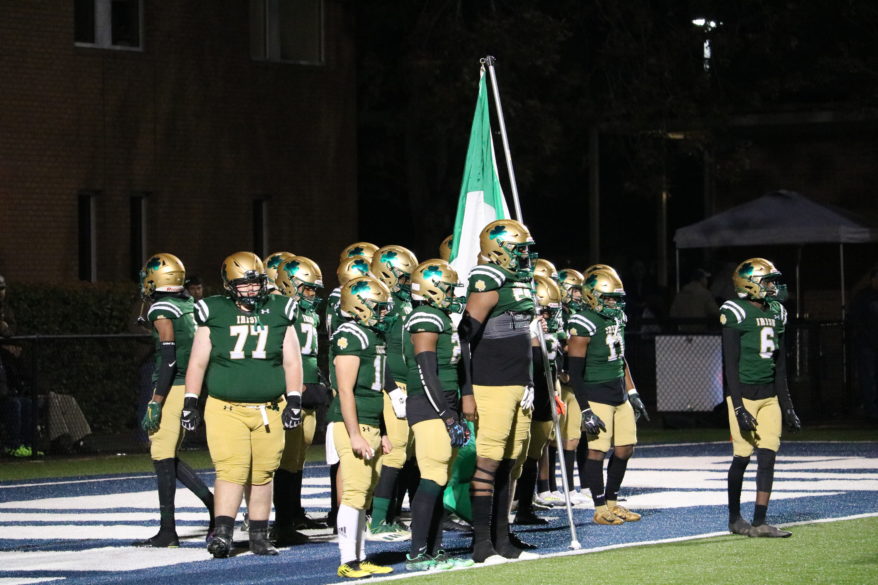
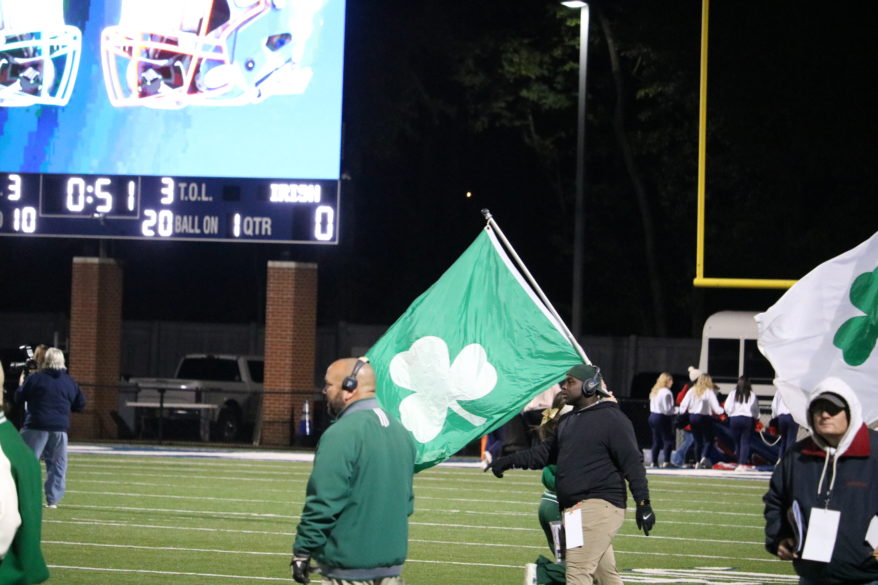
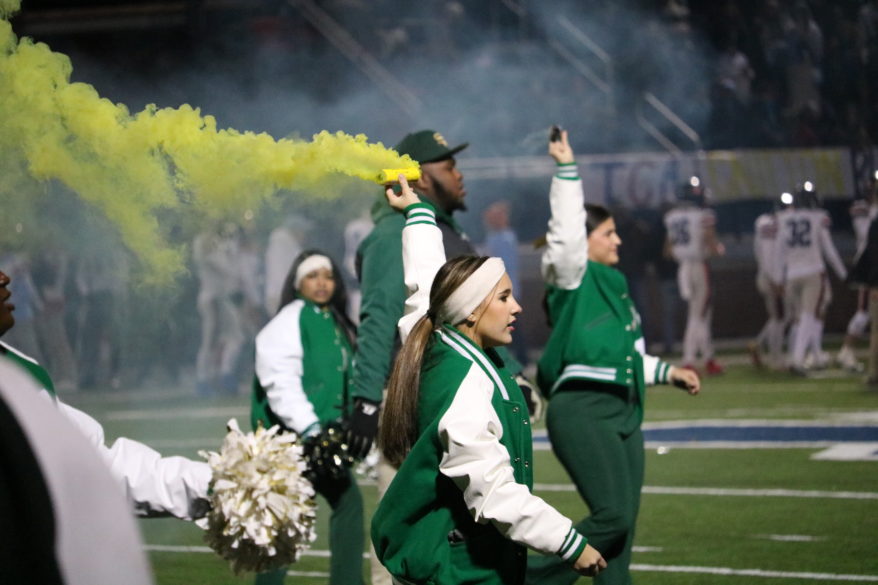

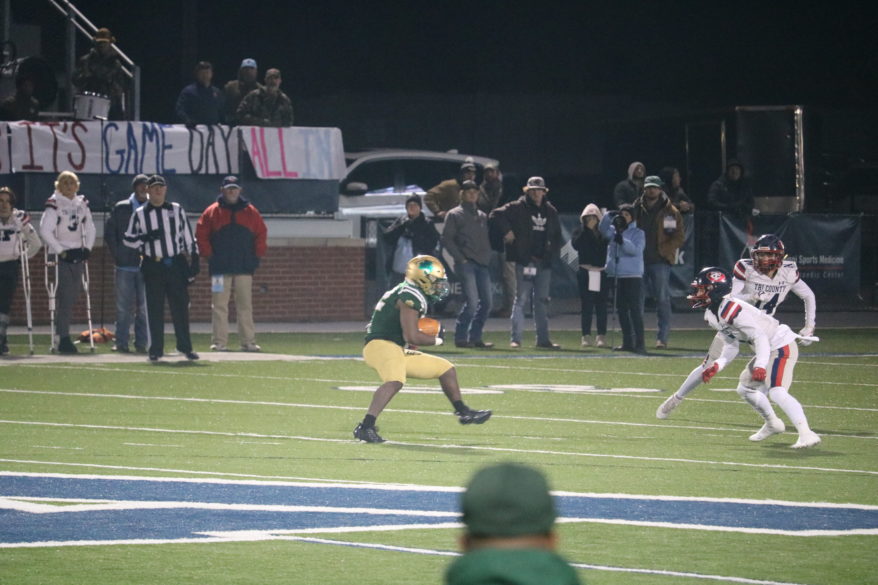






By Bishop Joseph R. Kopacz, D.D.
The season of Advent this year is perfectly balanced with four full weeks, and on this weekend we arrive at the half-way point celebrating Gaudete Sunday, an invitation to rejoice in the Lord.
St. Paul in his letter to the Philippians eloquently prepared the way of the Lord for that early Christian community, and for Christians in every age. “Rejoice in the Lord always. Again I say: Rejoice! Let your kindness be known to everyone. The Lord is near. Do not worry about anything but present your needs to God in prayer and petition, with thanksgiving. Then the peace of God which is beyond all understanding, will guard your hearts and minds in Christ Jesus.” (Philippians 4:4-7)
Joy and peace are part of the package of blessings from the Holy Spirit and are the fruits of our salvation in Jesus Christ which the Heavenly Hosts announced to all the world on the first Christmas night, and it has been our hope ever sense.
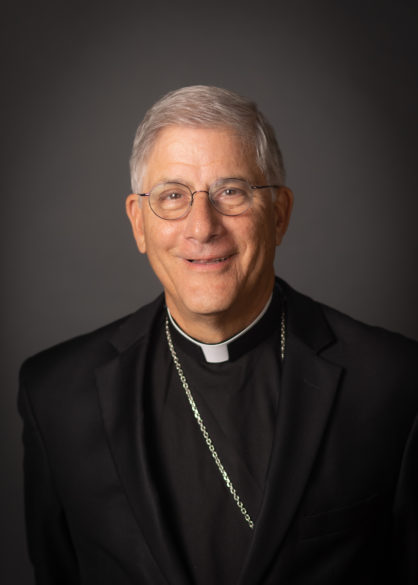
Following the Lord throughout the year we know that we cannot separate his birth from his suffering, death and resurrection. Yet, even on the night before he died, he prayed that his disciples would know his peace, the power that the world cannot give. “Peace I leave with you, my peace I give to you. Not as the world gives do I give it to you. Do not let your hearts be troubled; be not afraid.” (John 14:27) Upon arising from the dead the first words to his disciples huddled in fear were, “peace be with you” before showing them his hands and his side. (John 20:19)
In the joy of birth and in the sorrow of suffering and death the Lord assures us that his peace can stand guard over our hearts. This is a precious gift for those who are grieving over serious loss during these holy days or holidays. One can easily get more depressed or sorrowful when confronted with the expectation that it is a time to be merry or happy, like in “Merry Christmas” or “Happy Holidays.” Even “Merry Christmas” can ring hollow if overcooked.
With Mary, our Blessed Mother, we are called to hold and be held by the Son of God and allow his peace to stand guard over our lives. We pray for one another that the peace of Christ which is beyond all understanding dispels the darkness of doubt and fear, grief and shame as the ultimate Christmas gift. May we be present to one another in a way that cuts through that which fades quickly to that place where the Lord dwells within us.
Whatever the circumstances of our lives, let us then continue to prepare the way for the Lord in ways that works for us. The hymns of Advent can be a source of hope and inspiration and in a particular way the church embraces the beloved hymn “O Come, O Come, Emmanuel,” especially coming down the home stretch that carries the faithful to Christmas Eve.
This hymn contains the O Antiphons which represent the yearning of the people of Israel for the Messiah. The verses of the hymn are applied as the Gospel antiphons beginning on Dec. 17 and they can deepen in us a hunger for the Savior.
“O, come, O Wisdom from on high! O, come, O Lord of power and might! O, come, O Flower of Jesse’s stem! O, come, O Key of David! O, come O Radiant Dawn! O, come, O King of All the Nations! O come, O come, Emmanuel!” This hymn can easily be combined with the Advent wreath in our homes during the week before Christmas to prepare the way of the Lord.
At this point in time in Advent, the Blessed Mother points the way to come to her Son through faith. The feast of the Immaculate Conception and of Our Lady of Guadalupe celebrate her love for the church and her singular role in God’s plan of salvation. The following is the prayer after Communion on the Feast of Our Lady of Guadalupe and a fitting ending prayer for the column.
“Lord God, may the Body and Blood of your Son, which we receive in this sacrament, reconcile us always in your love; and may we who rejoice in Our Lady of Guadalupe live united and at peace in this world.”
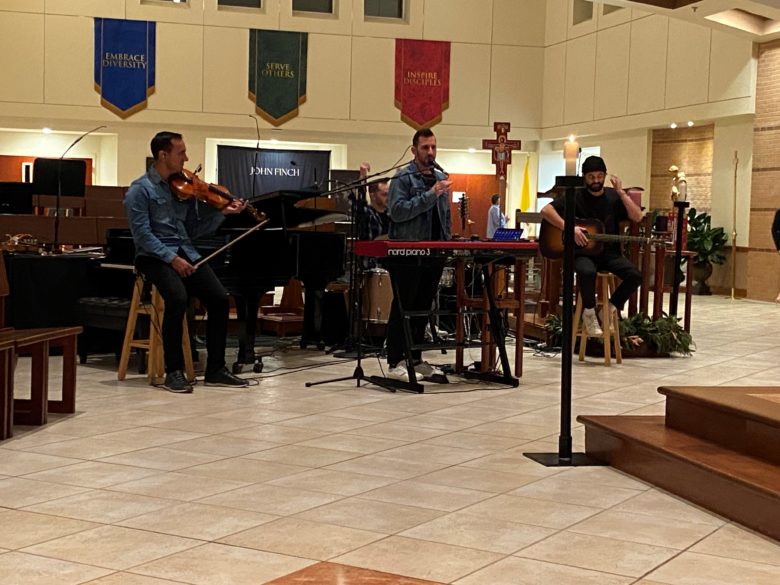
SPIRITUAL ENRICHMENT
BILOXI Our Lady of the Gulf Catholic Church, The Role of Beauty in the Spiritual Life: understanding and praying with the church’s Sacred Music, Jan. 26, 2023 at 7 p.m. Event is a talk by Dr. Jennifer Donelson-Nowicka. Details: visit olgchurch.net.
GLUCKSTADT St. Joseph, Fatima Five First Saturdays Devotion, Jan. 7, Feb. 4, March 4, April 1 and May 6. Confessions begin at 8 a.m.; Mass at 9 a.m; Rosary at 9:30 a.m. and Meditation at 10 a.m. Details: church office (601) 856-2054.
PARISH, FAMILY & SCHOOL EVENTS
BATESVILLE St. Mary, Children’s Christmas Program, Sunday, Dec. 18 after 10:30 a.m. Mass.
BROOKHAVEN St. Francis, Youth are invited to Christmas Baskets, Bags and Caroling event on Sunday, Dec. 18. After Mass enjoy pizza and then deliver fruit baskets and carol to shut-ins. Then travel to Trends Health and Rehab at 12:25 to carol and pass out gift bags to residents. Details: church office (601) 833-1799.
CLEVELAND Our Lady of Victories, CYO Indoor Yard Sale, Saturday, Jan. 21. You can drop off items beginning Jan. 4. Details: church office (662) 846-6273.
COLUMBUS Annunciation, Christmas Extravaganza, Monday, Dec. 19 at 6:30 p.m. at MUW’s Rent Auditorium in Whitfield Hall. Annunciation Catholic school K4 through fifth graders will present an amazing Christmas program to celebrate the true meaning of Christmas. All are welcome. Details: church office (662) 328-2927.
FOREST St. Michael, Christmas Party hosted by Hispanic community, Friday, Dec 23 at 7 p.m beginning with the Rosary, in the parish hall. All are welcome.
Christmas Party hosted by Vietnamese community, Saturday, Dec. 24 at 7 p.m. in the parish hall. All are welcome. Details: church office (601) 469-1916.
MADISON St. Francis, Ring In Your Faith 10k run and 5k run/walk, Saturday, Dec. 31 at 8 a.m. Registration fee guarantees your shirt through Dec. 17 and you will enjoy a mouth-watering New Year’s Day meal with a Southern twist. Ring in 2023 and register here: https://bit.ly/RingInYourFaith2022 Details: Joe at leslieslee@hotmail.com.
MADISON St. Joseph School, Christmas Arts and Crafts Camp, Saturday, Dec. 17, St. Joe Fine Arts Building from 9 a.m. to 12 p.m. or 1-4 p.m. For grades K through eighth. Cost is $40 per session or $70 for both. Snacks included. Bring lunch if staying for both sessions. Details: email vrunnels@stjoebruins.com.
NATCHEZ St. Mary Basilica, Blood Drive, Tuesday, Dec. 20 at 1 p.m. at the Family Life Center. Details: call Regina to schedule an appointment at (601) 445-5616.
PHILADELPHIA Holy Rosary, Christmas Potluck for three parishes, Saturday, Dec. 17 at 2 p.m. Details: church office (601) 656-2880.
PEARL St. Jude, Advent Parish Dinner and Children’s Christmas Program, Sunday, Dec. 18 at 5 p.m. Parishioners, be sure to bring your favorite dessert or salad. Details: church office (601) 939-3181.
SENATOBIA St. Gregory, Luncheon and Santa, Sunday, Dec. 18 from 4-9 p.m. Details: church office (662) 562-5318.
SOUTHAVEN Christ the King, La Posada, Saturday, Dec. 17 at 6 p.m. All are invited to join in the procession with Mary and Joseph in their search for shelter. Followed by a dinner with Santa. Details: church office (662) 342-1073.
SAVE THE DATE
DIOCESE World Marriage Day, Feb. 12, 2023 at Jackson, St. Peter Cathedral. Details: register to attend with your home parish.
BILOXI Our Lady of the Gulf, Sacred Music Workshop for cantors, choir members, music directors and clergy, Jan. 27-28, 2023. Cost is $40 with registration deadline of Jan. 13. Details: Registration and more information at classicalartsfoundation.com. Email workshop@classicalartsfoundation.com with questions.
ADVENT PROGRAMS/PENANCE SERVICES
BATESVILLE St. Mary, Advent Mission in Spanish, Friday, Dec. 16 with reconciliation from 4:30-5:30 p.m. and talk from 6-8 p.m. All ages are encouraged to attend. Details: church office (662) 563-2273.
COLUMBUS Annunciation, Penance Service, Thursday, Dec. 15 at 6 p.m.
FLOWOOD St. Paul, Penance Service, Wednesday, Dec. 21 at 6 p.m.
HERNANDO Holy Spirit, Penance Service, Wednesday, Dec. 14 at 7 p.m.
Holy Spirit, Advent Meditation with Deacon Ted, “Hush from the rush,” Wednesday, Dec. 14 at 7 p.m. Please bring a candle.
MADISON St. Franics, Penance Service, Tuesday, Dec. 13 at 6 p.m.
MAGEE St. Stephen, Penance Service, Wednesday, Dec. 14 at 6:30 p.m.
NATCHEZ St. Mary Basilica, Penance Service, Thursday, Dec. 15 at 6 p.m.
PEARL RIVER St. Therese, Penance Service, Thursday, Dec. 15 at 6:30 p.m.
PHILADELPHIA Holy Rosary, Penance Service, Tuesday, Dec. 13 at 6 p.m.
SOUTHAVEN Christ the King, Advent Meditation [Spanish], Thursday, Dec. 15 at 7 p.m. Please bring a candle.
The Christmas decorations are going up in the rectory and in downtown Jackson and I know that the halls are being decked at our seminaries as well. As we prepare for the coming of Christ at Christmas, we give thanks for the gift of the church, the Eucharist and the priesthood. Here are a couple of updates of note as we near the end of another year!
On May 20, 2023, Ryan Stoer and Tristan Stovall will be ordained to the transitional diaconate. This is the final step before priestly ordination, and it has been a long journey for both Ryan and Tristan to come to this point. The ordination will be at 10:30 a.m. at the Cathedral.
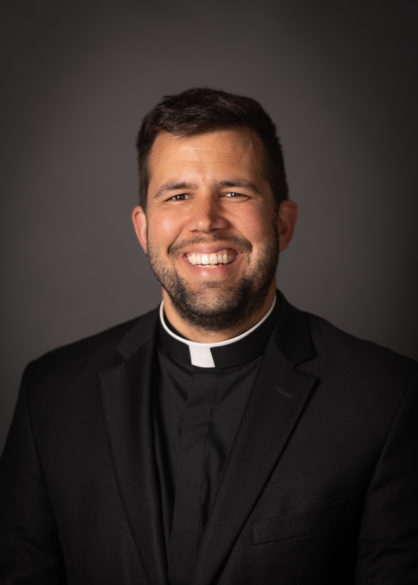
Shortly after their ordination, Ryan and Tristan will be joining myself and two of our other seminarians for a two-month immersion trip to Mexico in June and July. I have written about this immersion in previous issues. It will be an opportunity for our seminarians, and myself, to gain incredibly important language skills so we are better able to walk with all of our parishioners.
Following that trip, they will embark on their diaconal ministry assignment. This is a big step in the journey of every seminarian. The diaconal assignment is always a little longer than a typical summer, and it gives the newly ordained deacon a great chance to celebrate liturgies and to preach at Mass. Ryan will be at St. Joseph Parish in Gluckstadt while Tristan will be a St. Mary Basilica in Natchez. I know that the people of these parishes will be very supportive and I thank Father Matthew Simmons and Father Aaron Williams for supporting our formation program by walking with these men.
On May 27, 2023, Deacon Carlisle Beggerly will be ordained to the priesthood. His initial priestly assignment will be decided at a later date. Deacon Carlisle completed his diaconal assignment at St. Francis in Madison and is now finishing up his Master of Divinity at Notre Dame Seminary in New Orleans. It is always exciting to set these on the calendar, and please keep these men in your prayers as they near these milestones.
I am also happy to report that the proceeds from our 3rd Annual Homegrown Harvest Festival stands at $142,515.06. This is a really remarkable total and speaks to the support that is present for our seminarians and formation programs. A great thanks also to those who gave to the Department of Vocations as a part of #iGiveCatholic. Please keep all nine of our seminarians in your prayers that they have a restful and rejuvenating Christmas holiday and that their upcoming annual retreat is grace-filled and helpful to their discernment.
– Father Nick Adam
If you are interested in learning more about religious orders or vocations to the priesthood and religious life, email nick.adam@jacksondiocese.org.